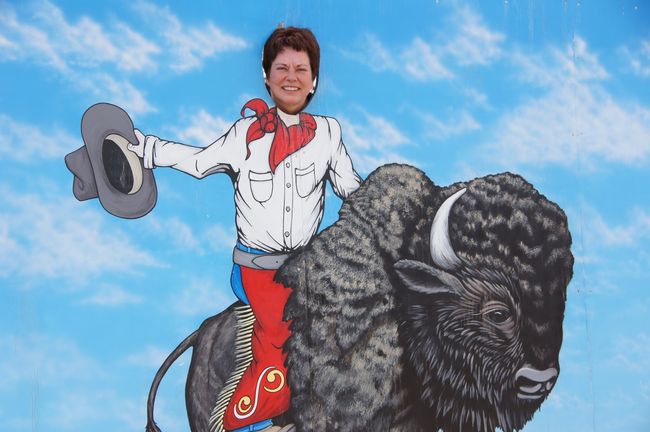A day in Yellowstone National Park
Whakaputaina: 02.09.2019
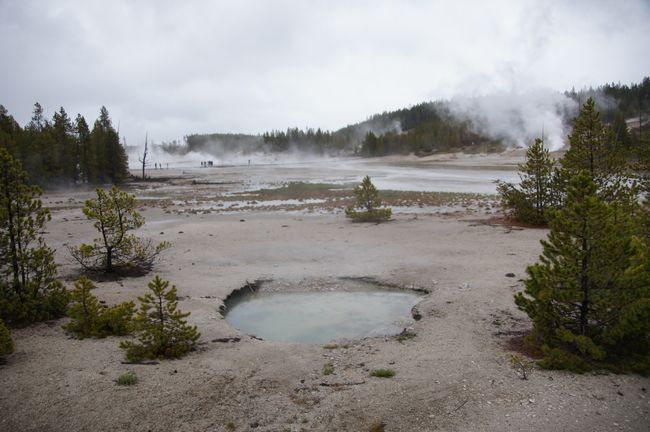
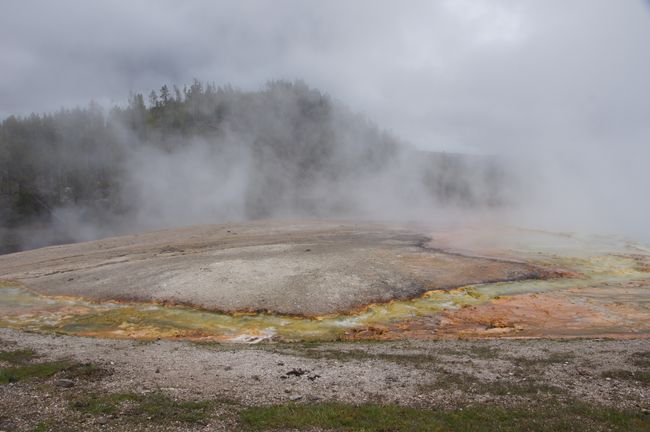
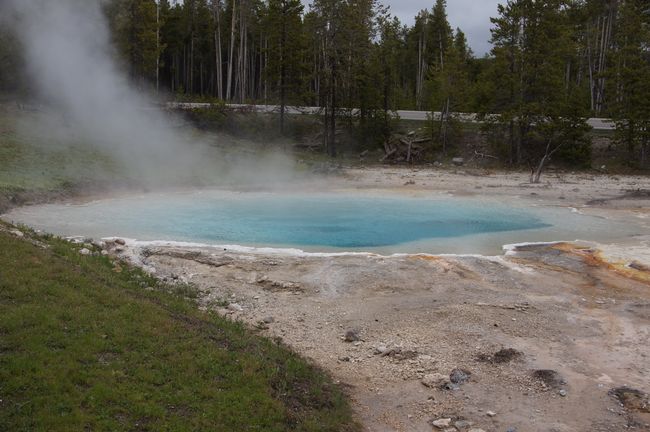
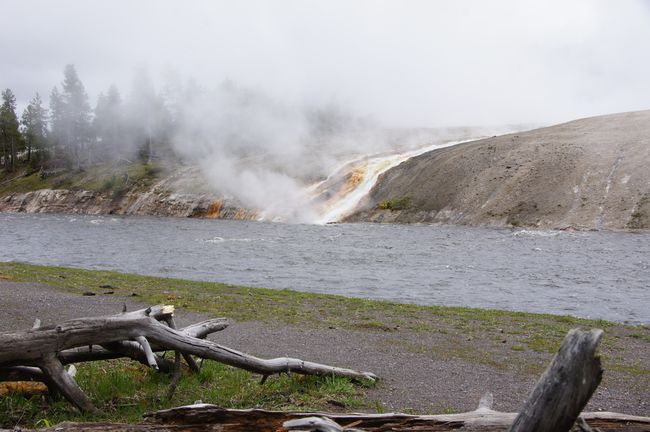
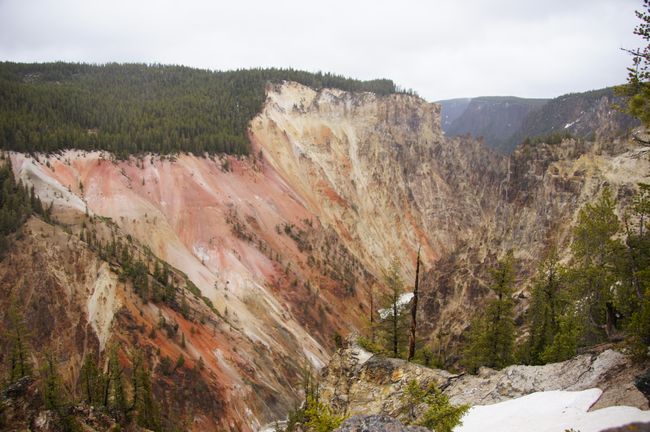
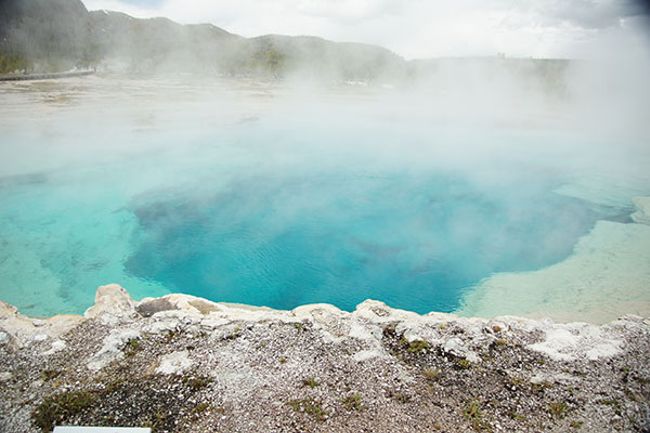
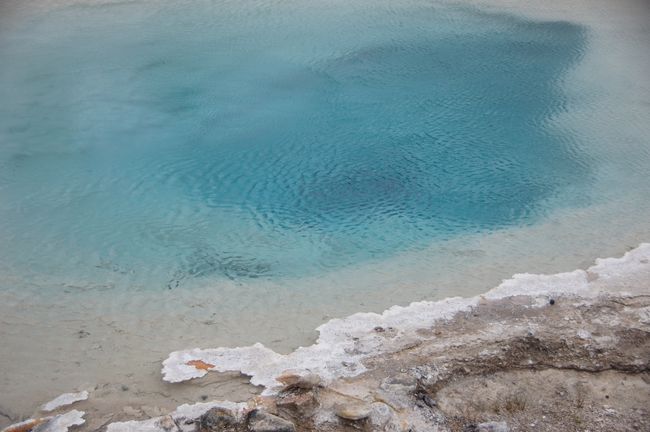
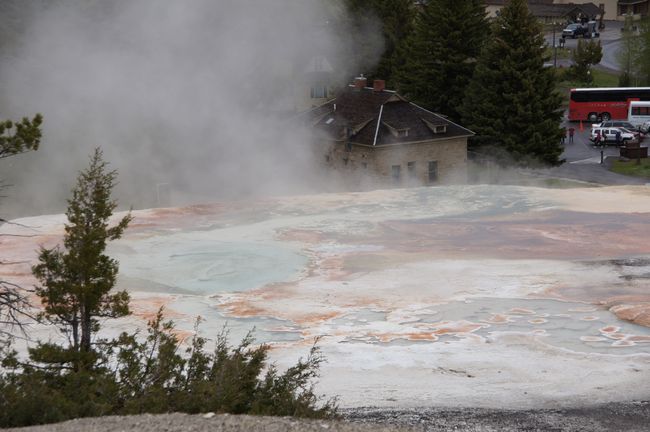
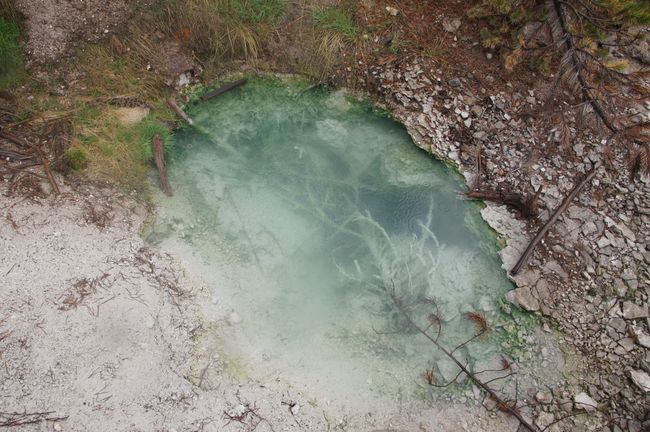
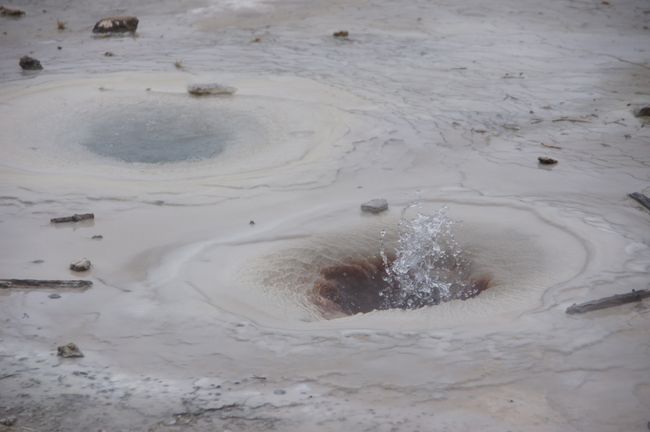
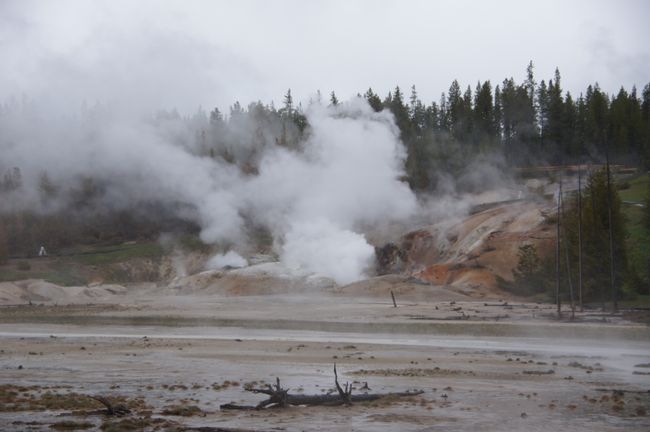
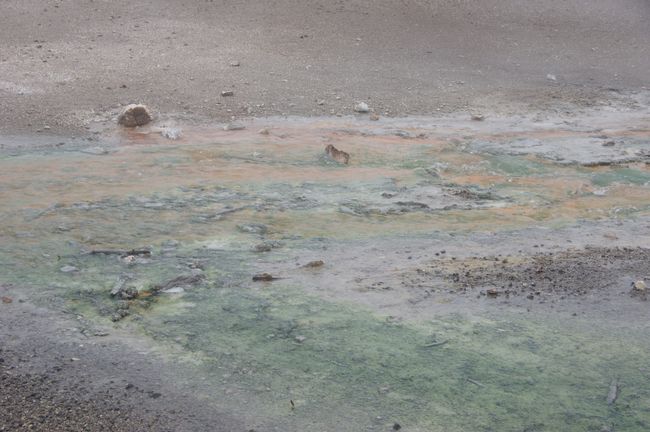
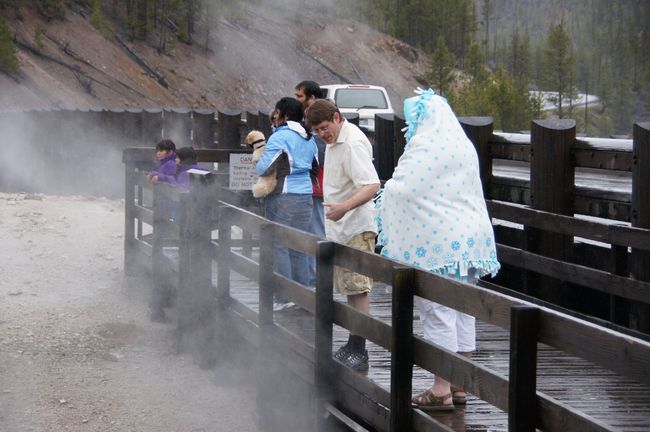
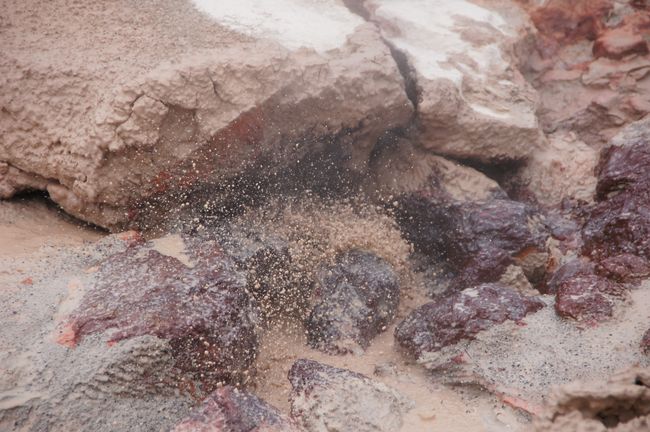
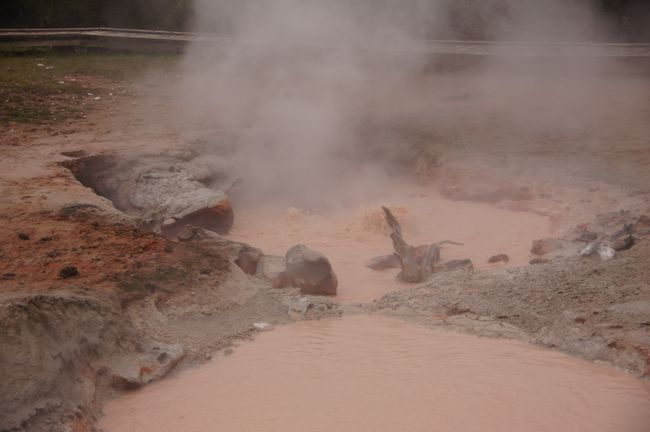
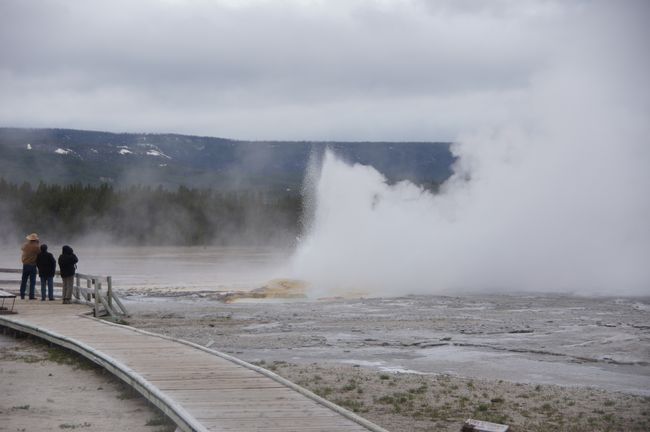
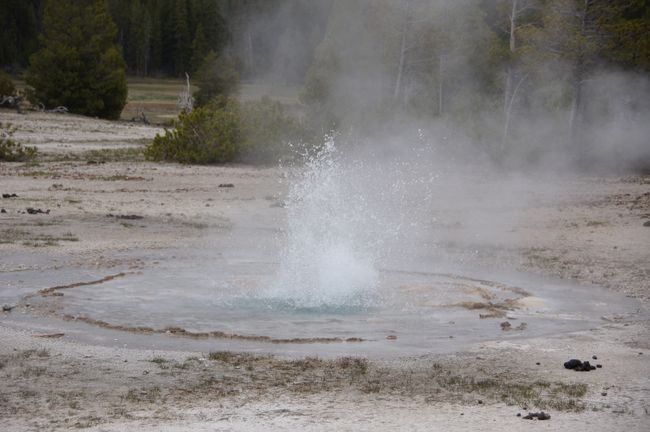
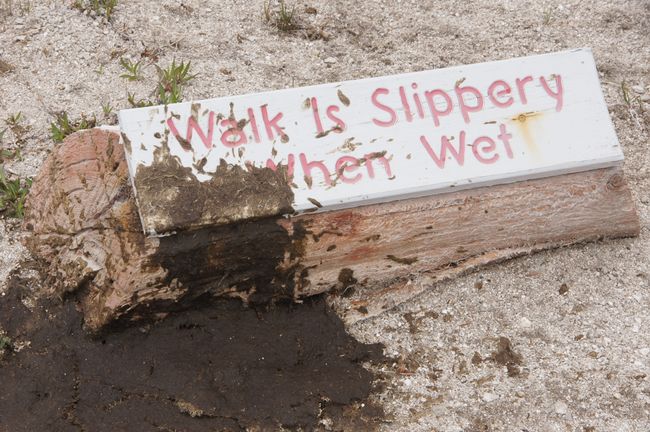
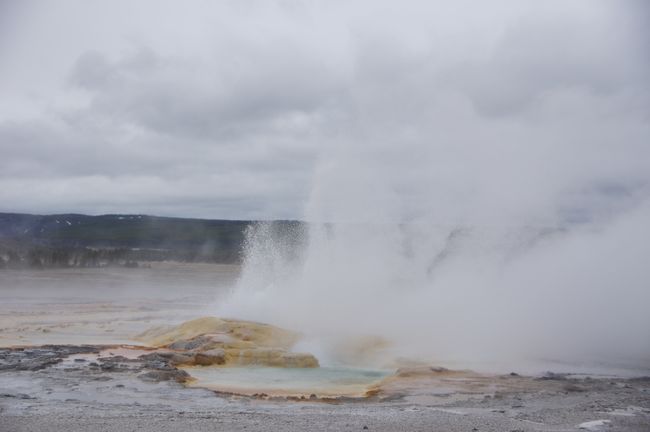
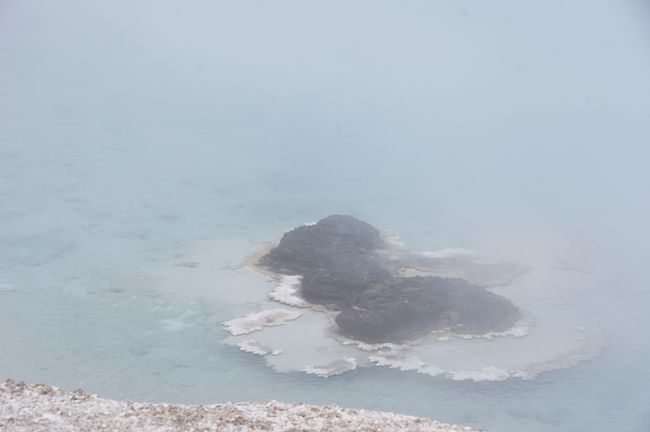
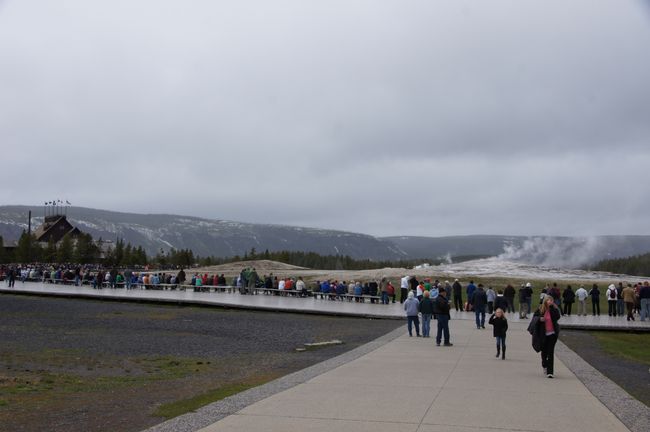
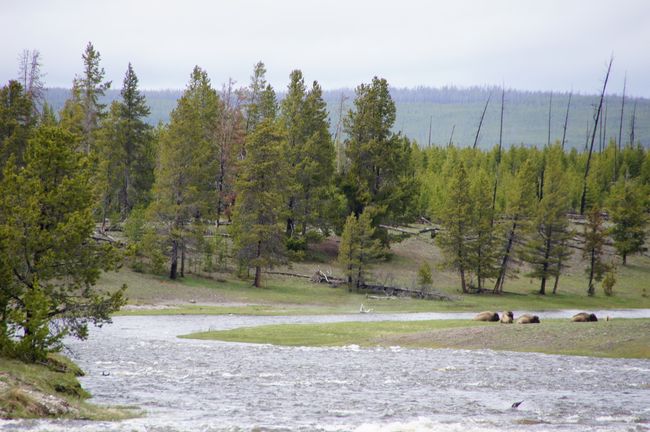
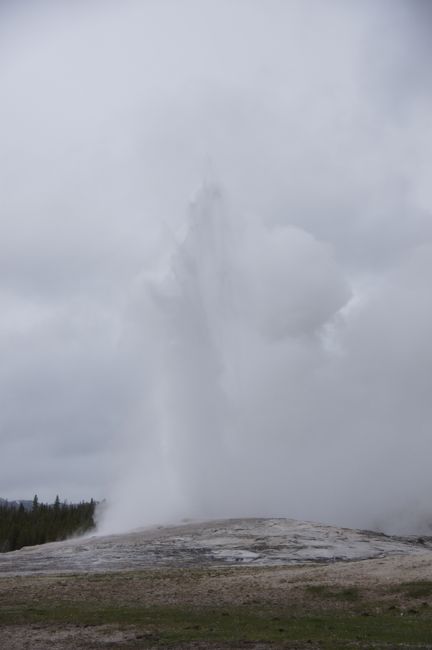
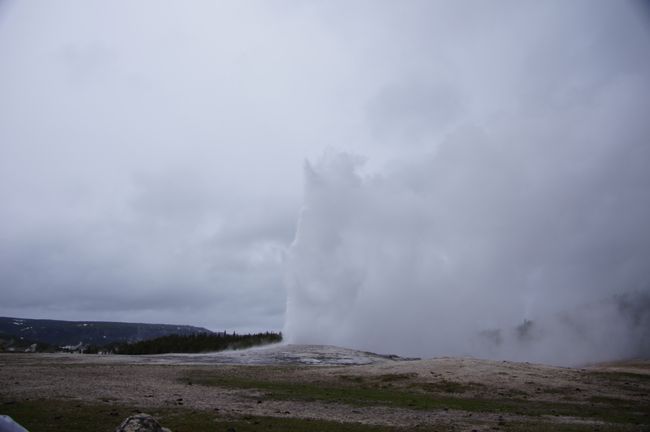
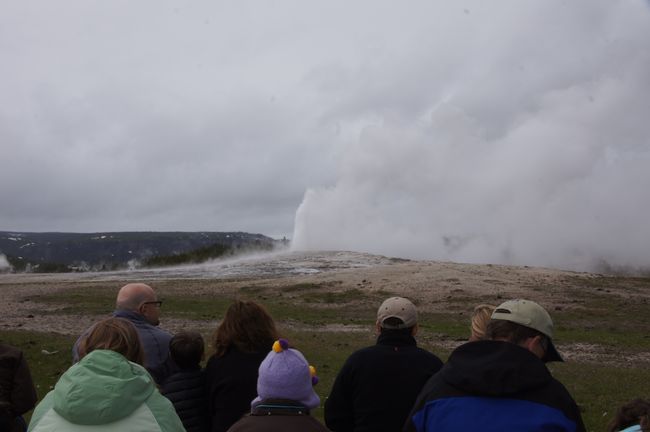
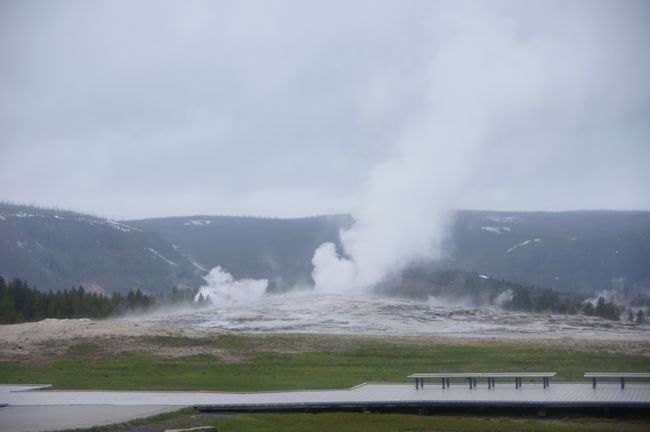
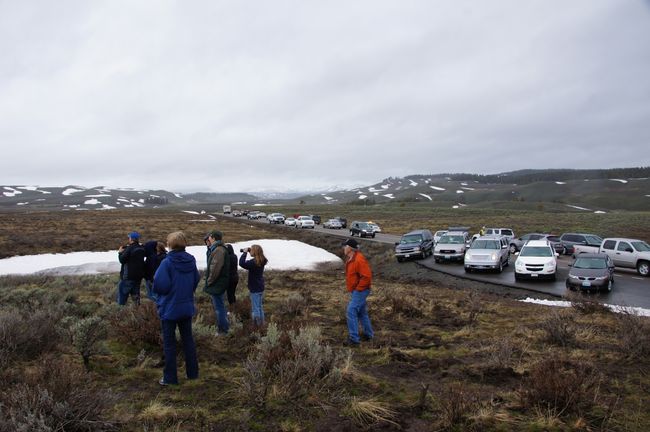
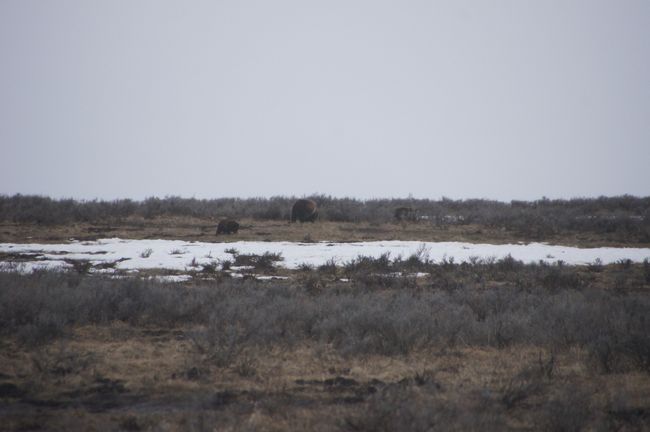
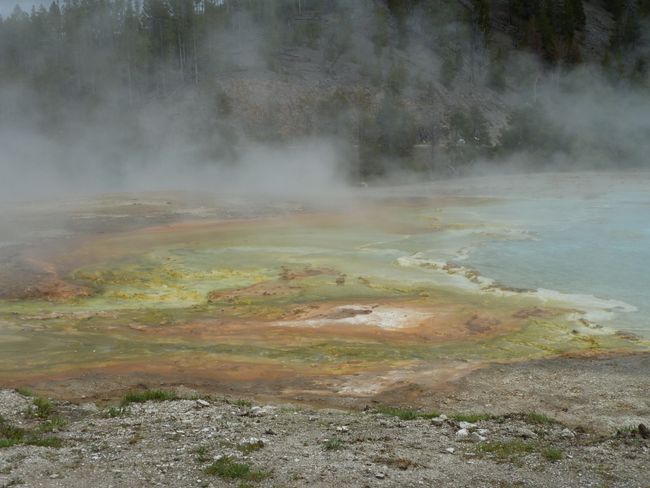
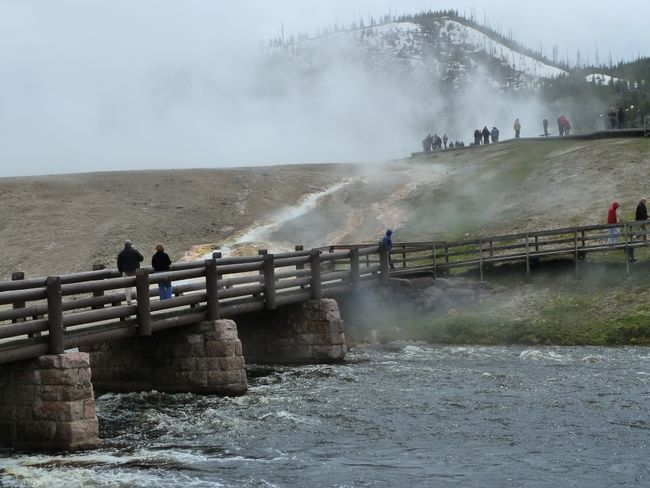
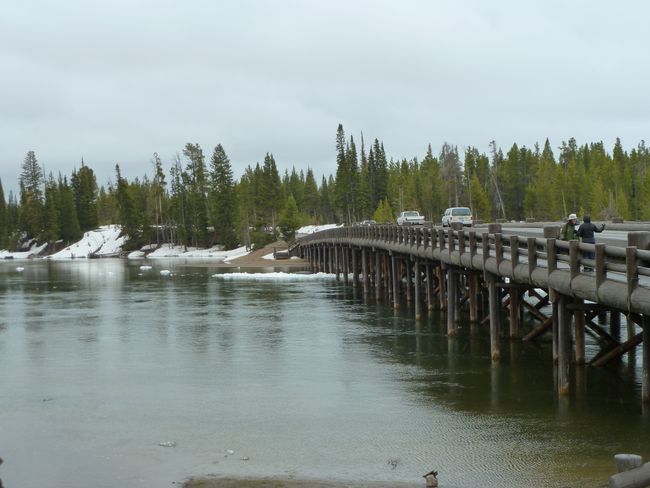
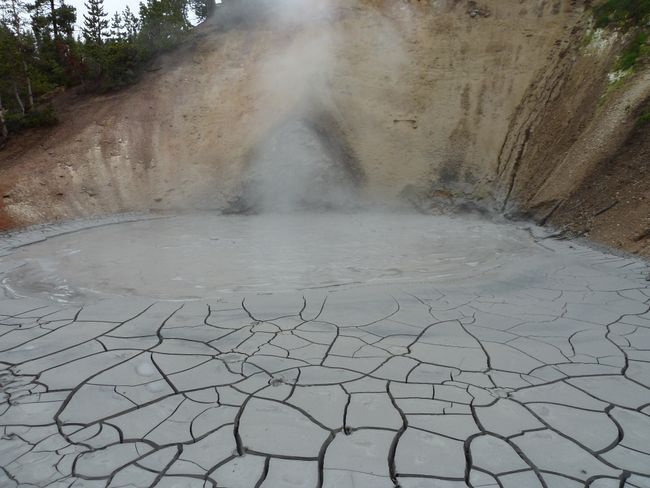
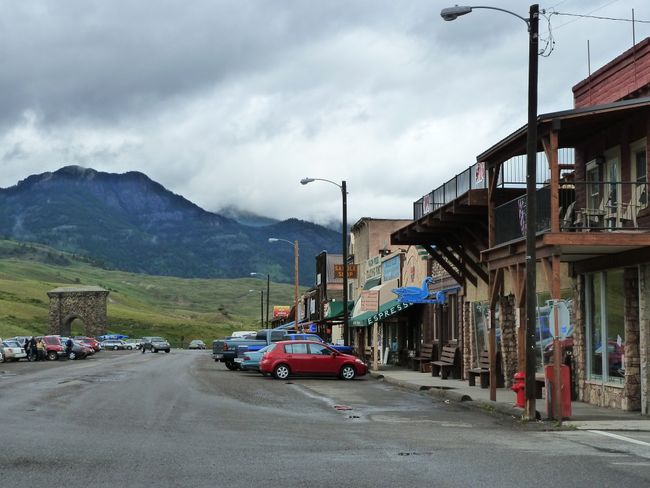
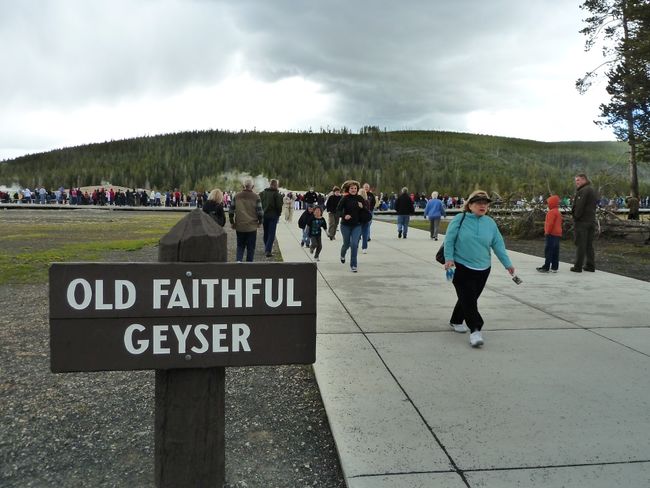
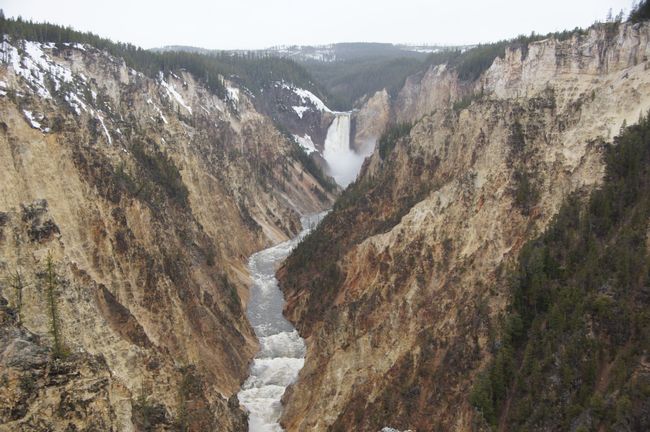
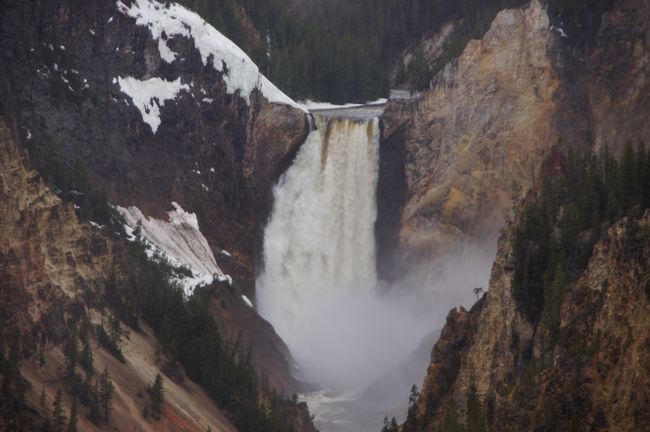
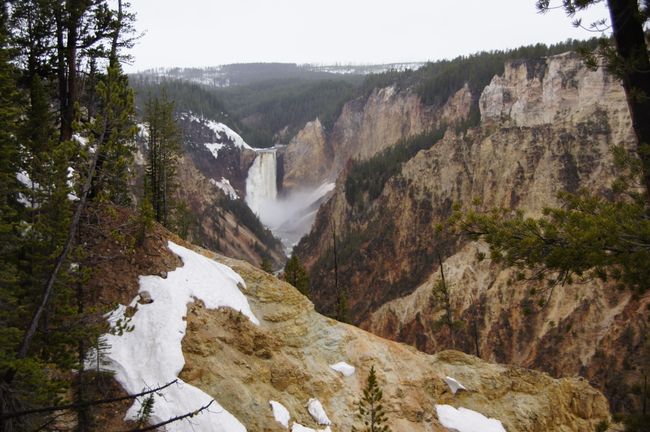
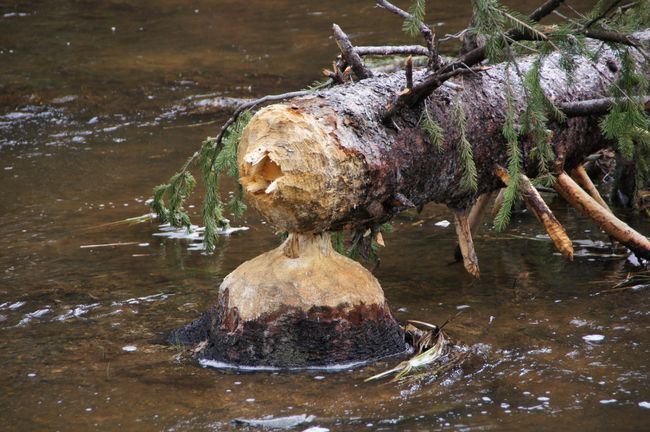
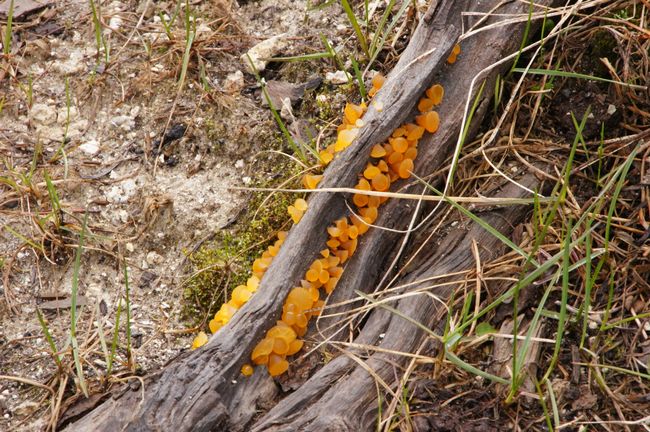
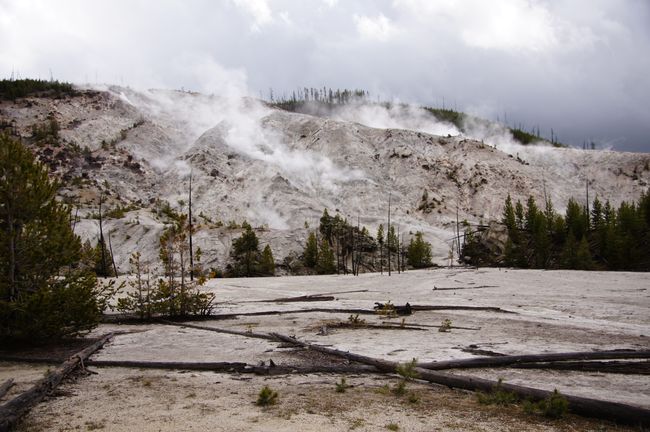
Ohauru ki te Panui
07.06 / Tuesday / Gardiner - Yellowstone National Park - Gardiner
OK, the alarm clock dutifully rang at 5.00 am and I promptly stumbled out of bed to assess the weather through almost closed eyes - everything completely dark! Weather not discernible. It's not a good idea to get up now and not know if it's worth it. The sky definitely doesn't look clear and we're back asleep after 5 minutes.
I get up at 8:00 am, after observing the gloomy, cloudy sky and the rain for half an hour... We have a comfortable breakfast at the hotel and enjoy the change: there's raisin bread! Finally something different than the same old English muffins or bagels with Philadelphia cream cheese or the same jam from the mini-plastic packets in strawberry flavor or the 'unidentifiable-but-sugary-sweet' flavor. It's also good that there are portions of butter available today and not a plastic squeeze bottle with liquid corn margarine that's disgustingly slippery.
But at 10:00 am we set off bravely. Tonight we'll be back in Gardiner, at the other hotel 200 m further up the road. Since we can't check in there now, we have our entire luggage in the car as usual. That's okay, it's always like that.
The Yellowstone National Park is the oldest national park in the USA. Established as a national park in 1872, it now offers an extraordinary area with thermal springs, geysers, mountains, and forests. With 300 geysers and about 10,000 thermal-active locations - including mud pools and fumaroles, etc. - Yellowstone is the fourth largest area of its kind in the world (after Iceland, Kamchatka, and New Zealand).
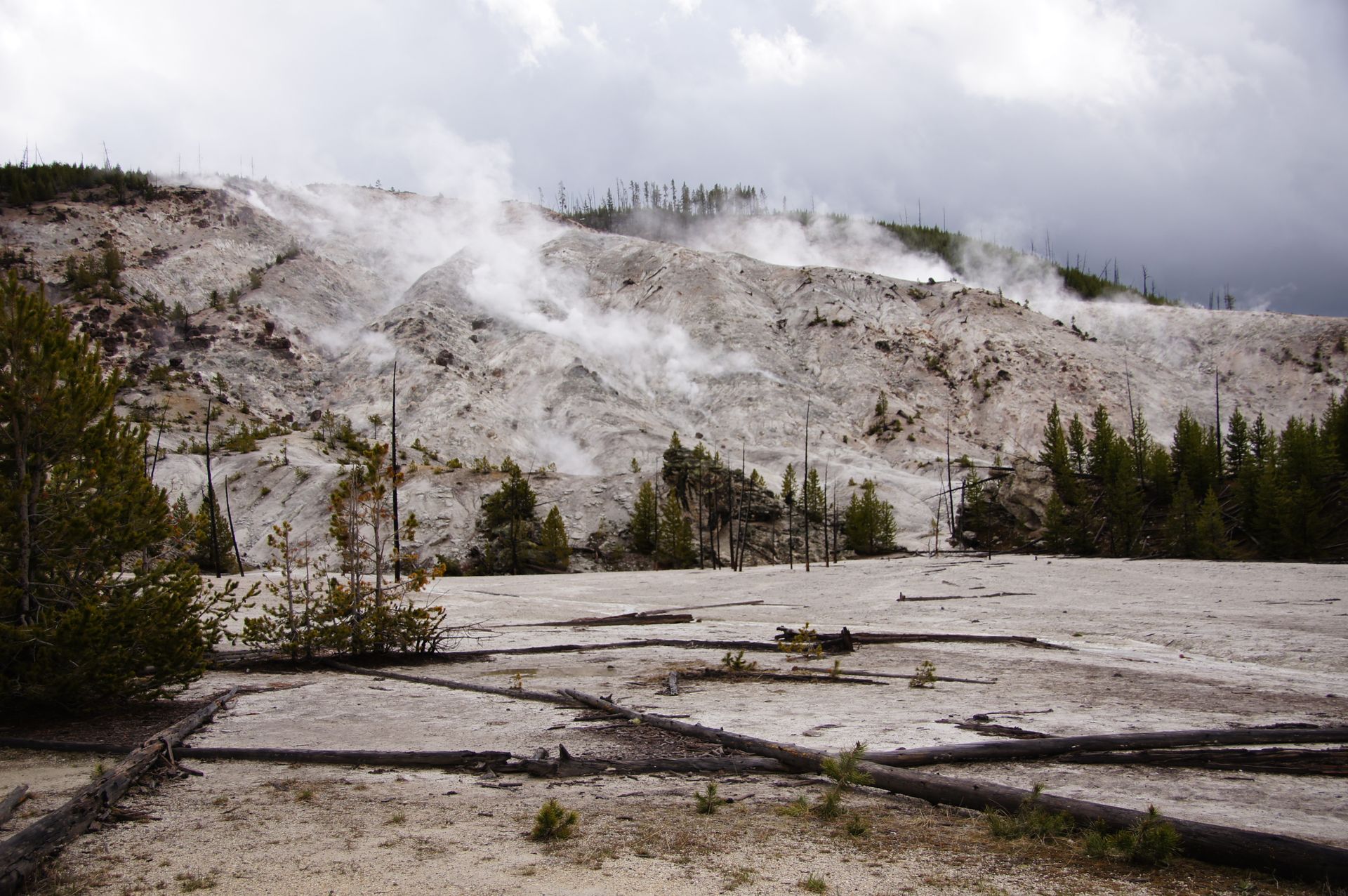
In 1988, there was a very hot summer, which resulted in the most devastating forest fires in the park's history and 36% of the park burned down. The aftermath can still be seen today in the form of dead tree skeletons, which partly have been left to nature for regeneration.
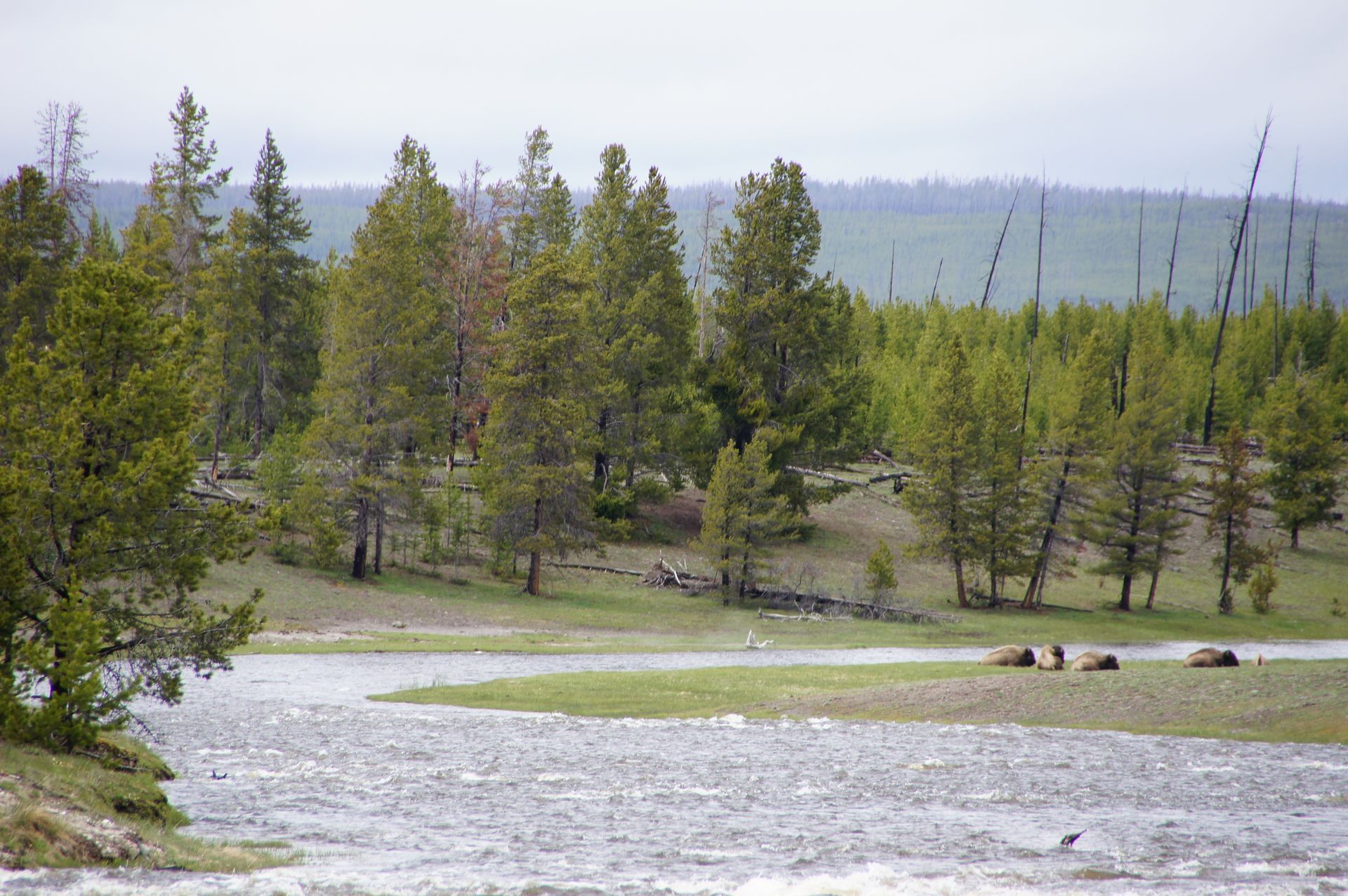
The fantastic spectacles we will see everywhere today are based on a very thin earth's crust, sometimes only three kilometers thick, under which volcanic activities in the ever restless "underworld" heat up the rock. Rainwater and meltwater infiltrate and are heated and then pushed back up to the surface.
There are geysers that spout small or large water fountains, and hot springs that spray water only in their immediate vicinity without forming fountains. The different minerals and small algae in the water create amazing colors around the outlets.
Fumaroles lack sufficient fluid and therefore emit only hot steam, sometimes with less pleasant sulfur vapors. The mud pots also lack fluid, so that only thick mud oozes out of their openings, sometimes in color - then it's a paint pot.
Since Yellowstone is also a volcanic caldera, it is not surprising that almost all of these geothermal features are gathered here in the central part of the park. We are about 2,300m high. This plateau was formed about 600,000 years ago when the crater of a volcano collapsed. The surrounding mountains are probably still "remnants" of this volcano.
The temperature of 49°F (9°C) and constant rain is not great, but can't be helped. We drive five miles to Mammoth Springs in Wyoming. As the name suggests, there are hot springs here that steam on large multi-story terraces.
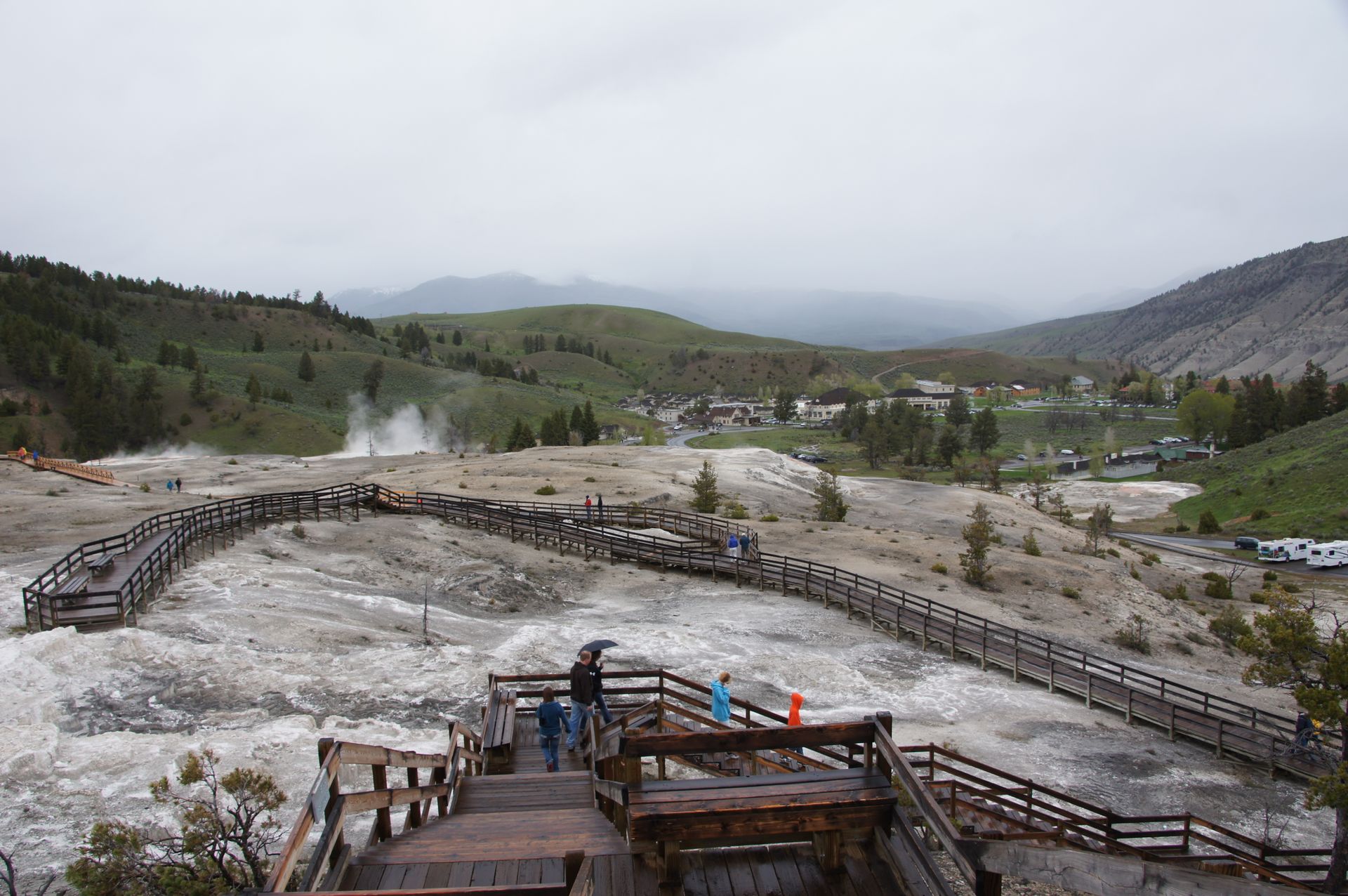
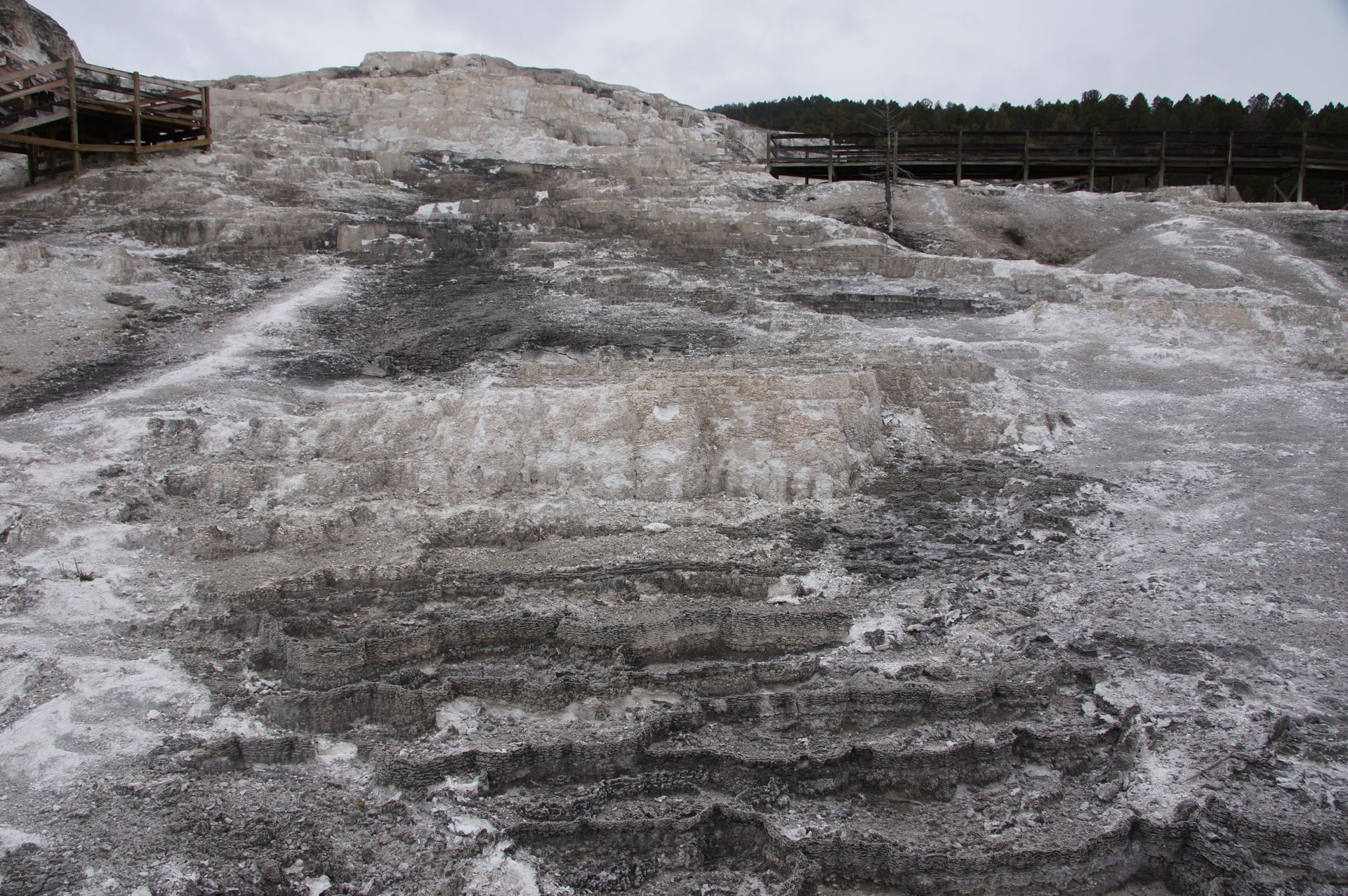
The water - about 1,900 liters per hour - comes from the ground and is about 70°C hot, so it's not for bathing. It comes from the mountains but is warmed underground by volcanic activities and pushed to the surface. Unfortunately, it often comes with gases that are very sulfuric and smell accordingly.
Due to the high content of lime and minerals, terraces have formed here that grow at different speeds. This depends on the flow direction and also on the movement in the water (turbulence). Algae and bacteria have settled in the puddles and small pools, and depending on the water temperature, the deposits here are white, blue, green, orange, red, or even brown and yellow. The colors change from year to year, as the constantly new deposits change the flow direction of the water and thus the temperature on the bacteria and algae, and voila - the color is different.
Visitors are guided through the terraces on wooden walkways, as the ground is not accessible everywhere and your plastic soles would probably melt.
We continue driving and see more and more of these geyser fields. Smoke is coming from the left of the road, the right of the road, there in the forest and in the distance it looks as if the whole forest is steaming. We reach Norris at the Norris Geyser Basin and also walk on a wooden walkway over an area of small geysers, bubbling holes, and differently colored hot springs.
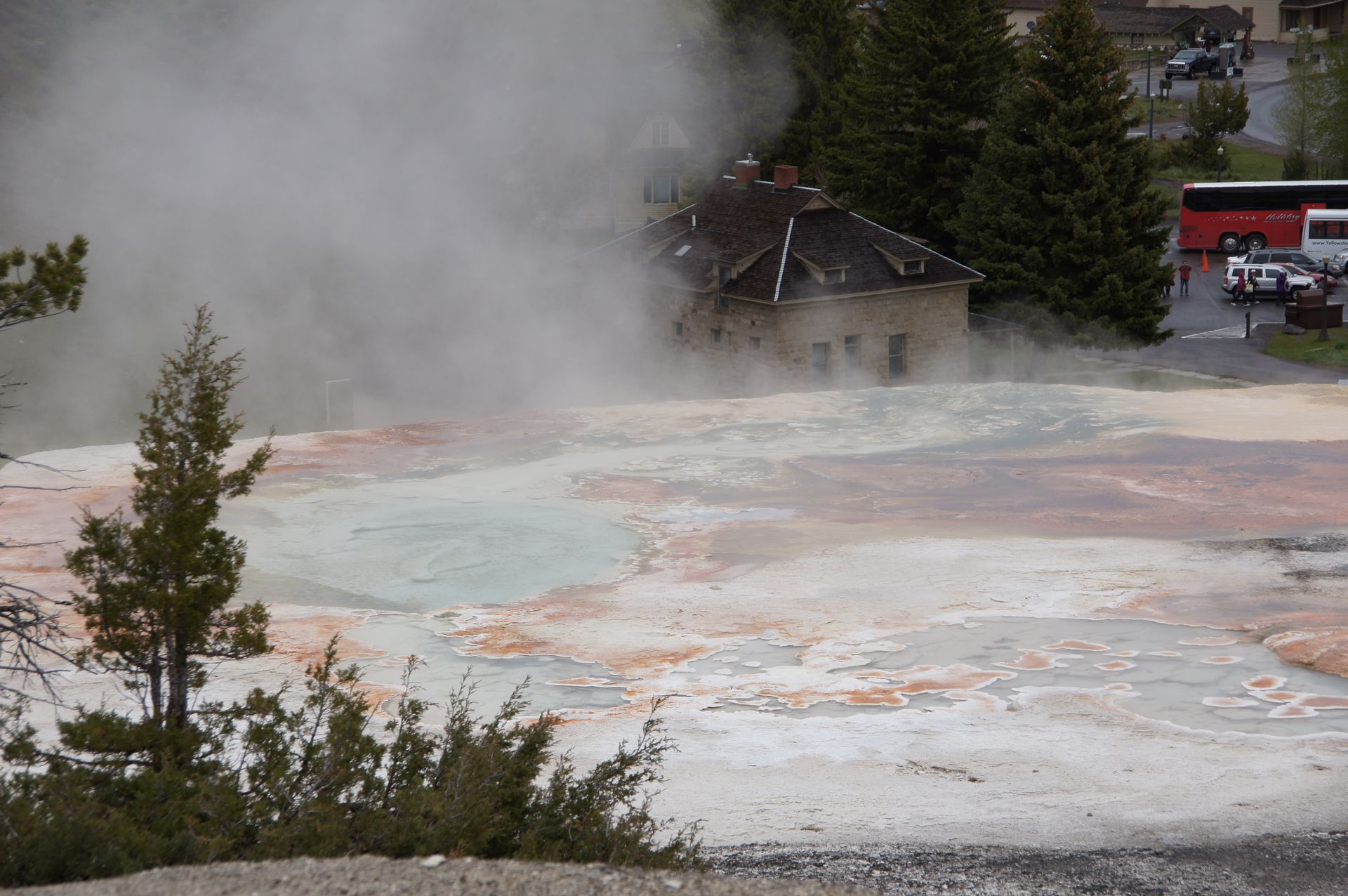
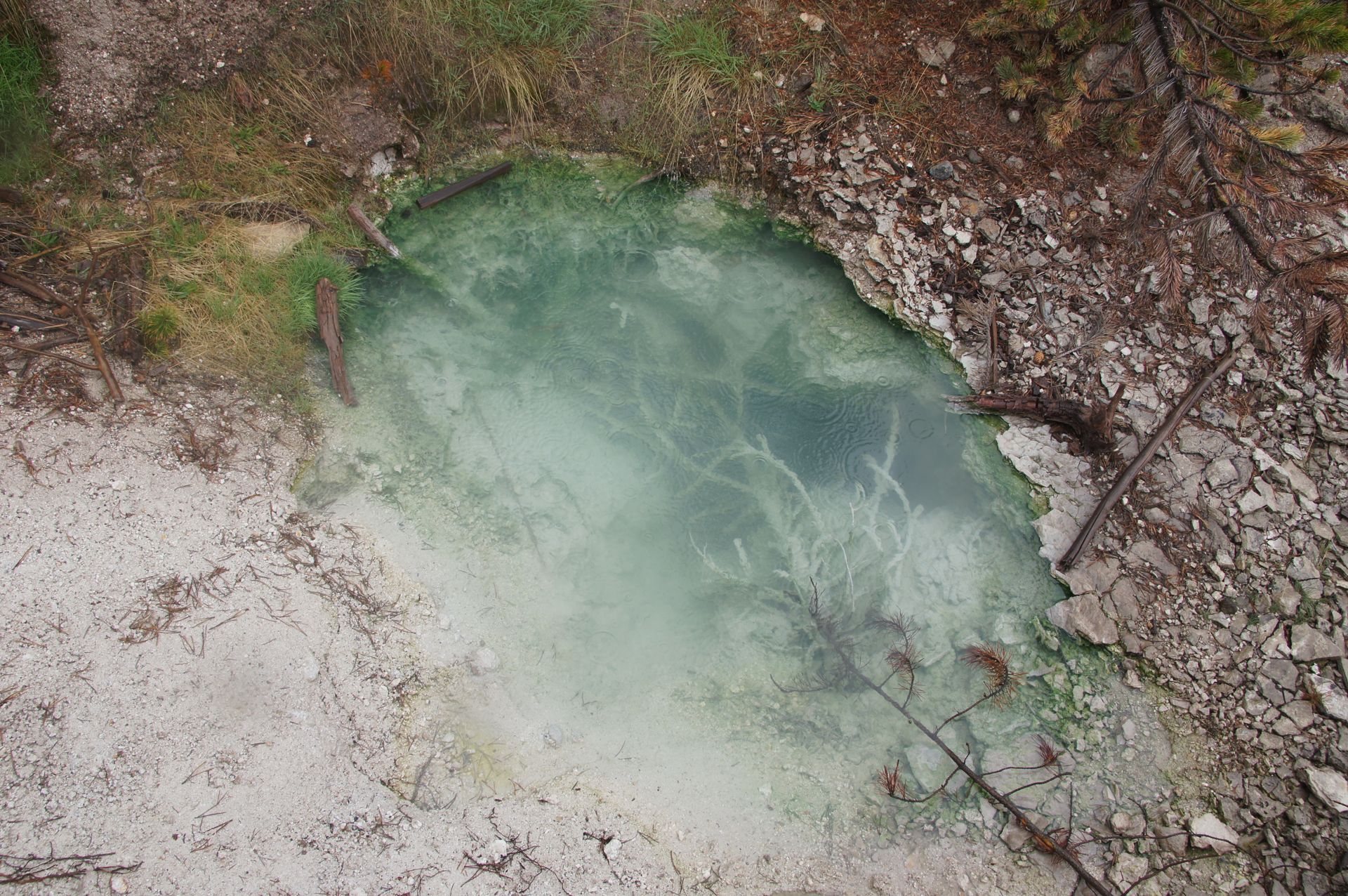
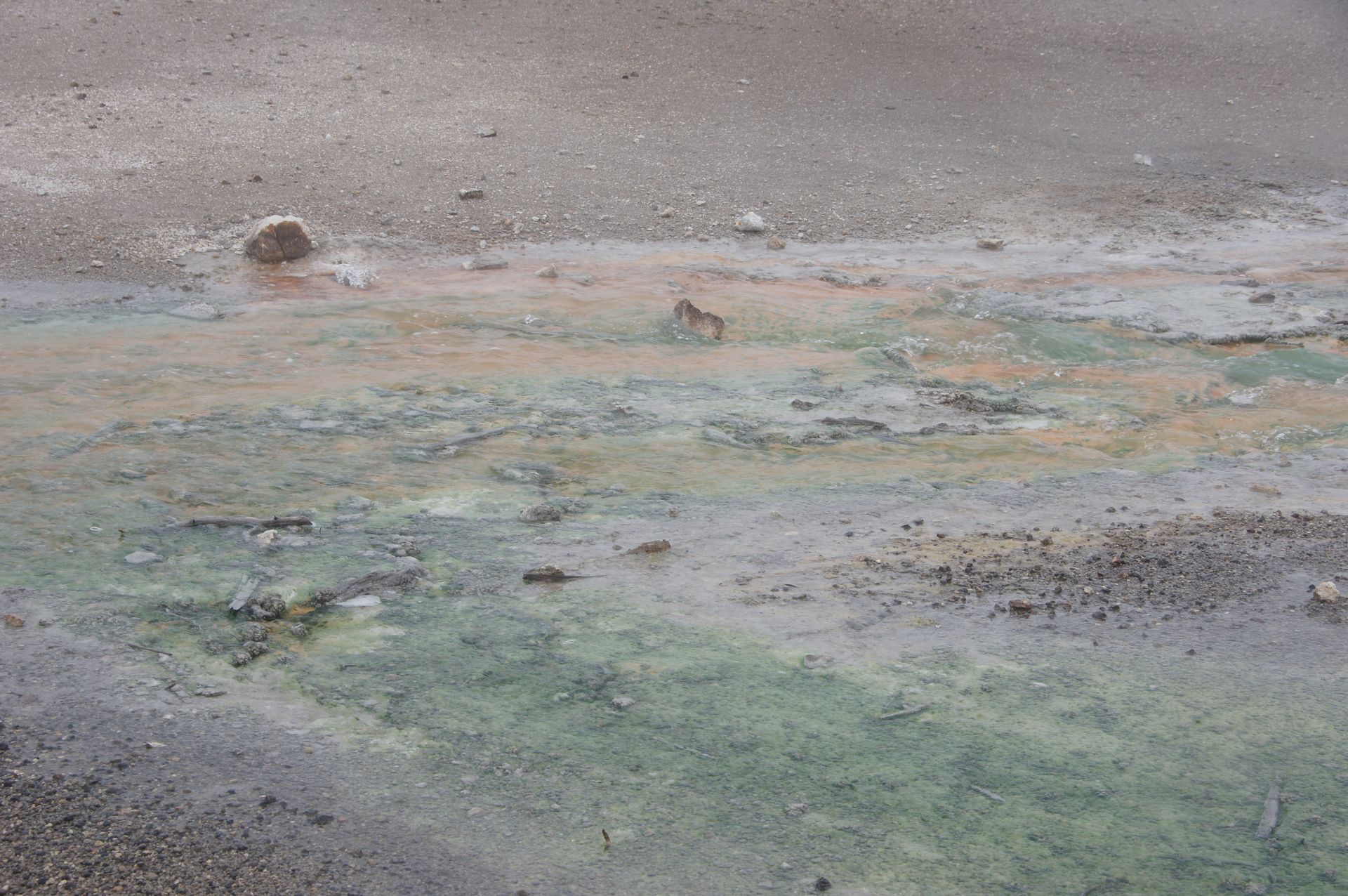
The Steamboat Geyser seen here is the largest active geyser in the world. It is particularly hot here because several larger faults intersect with one of the locations that formed during the volcanic collapse 600,000 years ago. Extremely hot water circulates underground here, which is why the geyser is so hot and active. The water here is mostly acidic (in the rest of Yellowstone it's alkaline). Different bacteria can live in acidic water than in alkaline water, which is why the coloring at the hot springs in the Norris Geyser Basin is different from the other springs in Yellowstone. We don't see an eruption of the Steamboat Geyser. Maybe it's too wet for him?
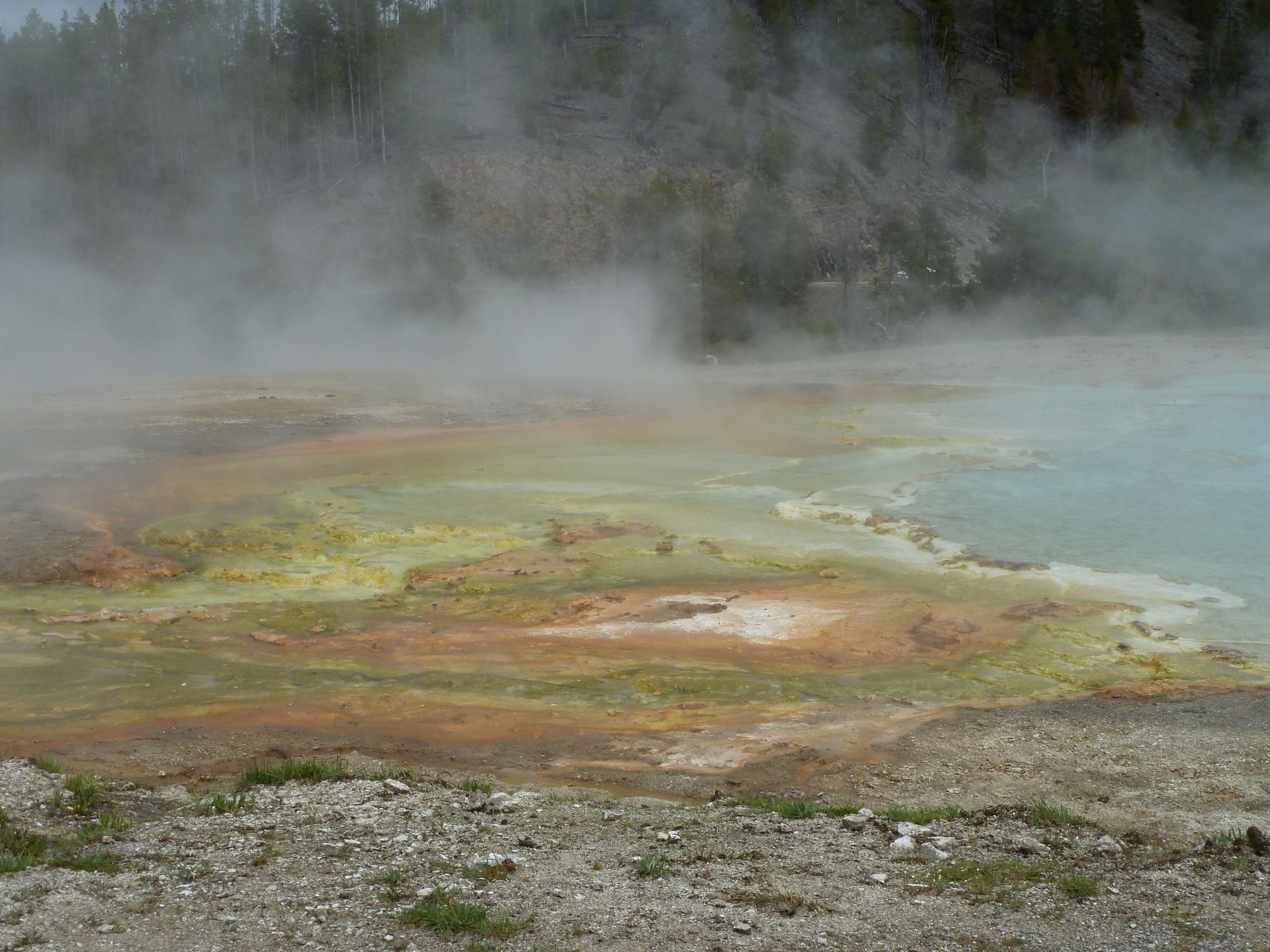
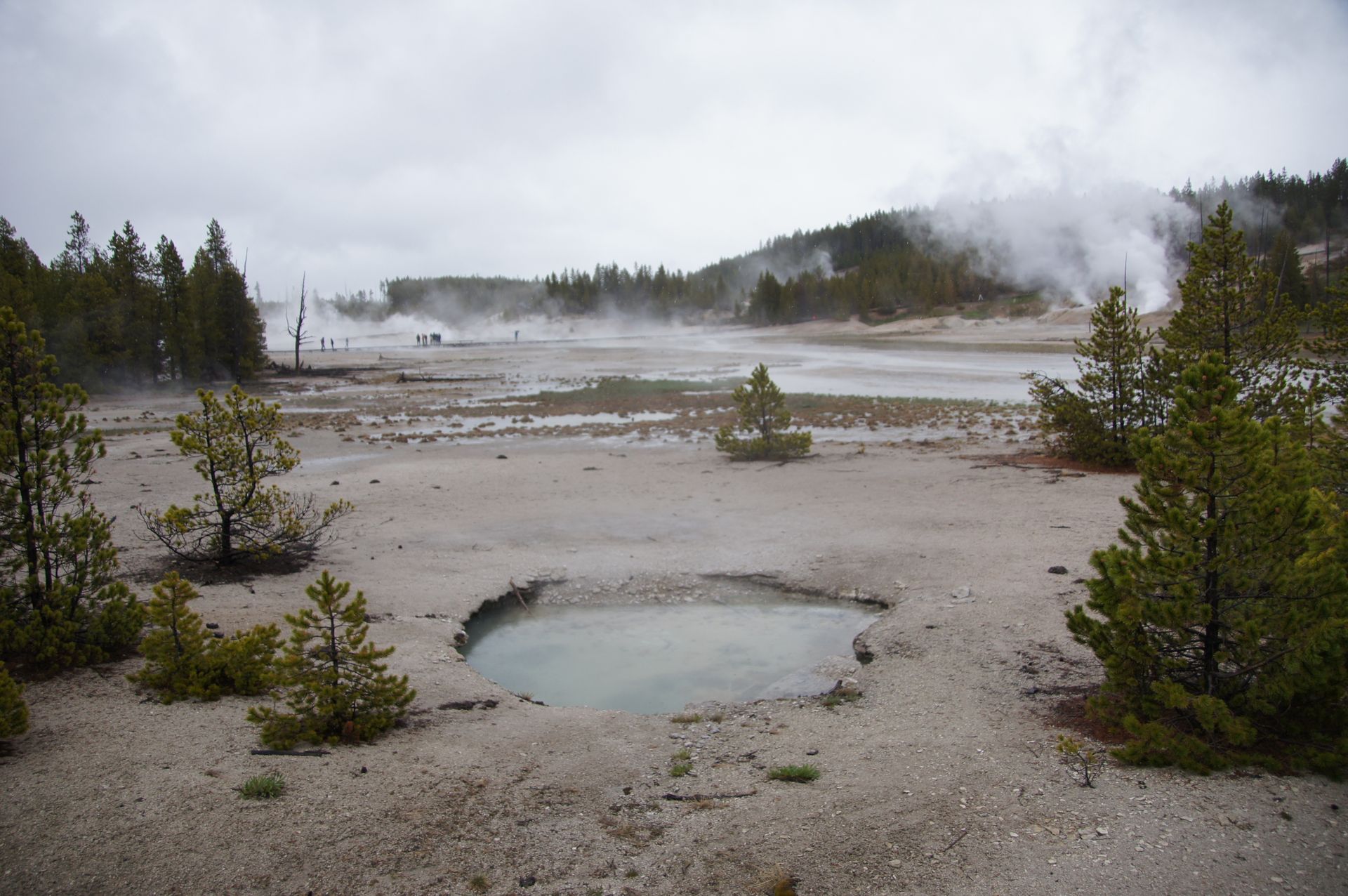
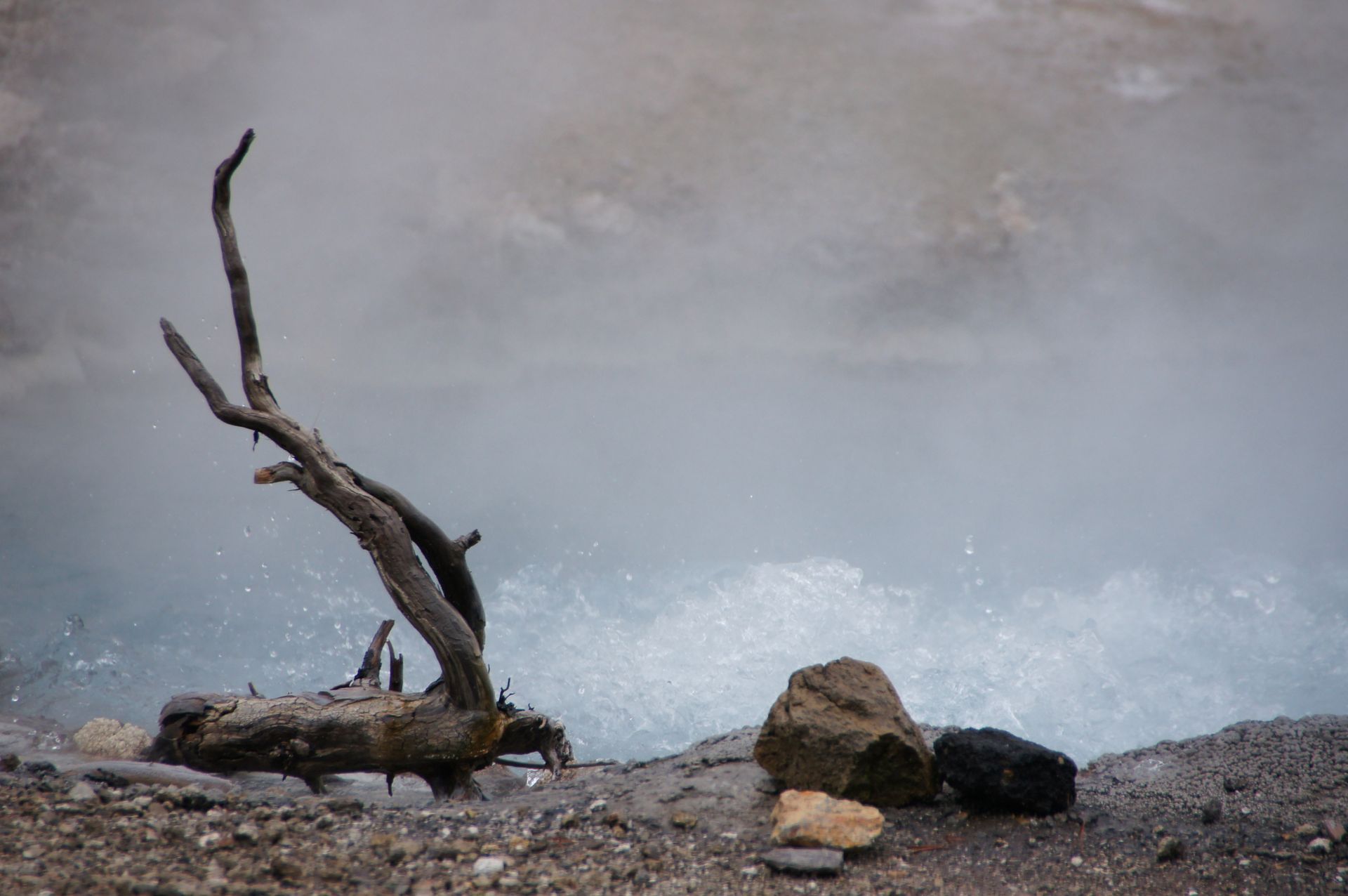

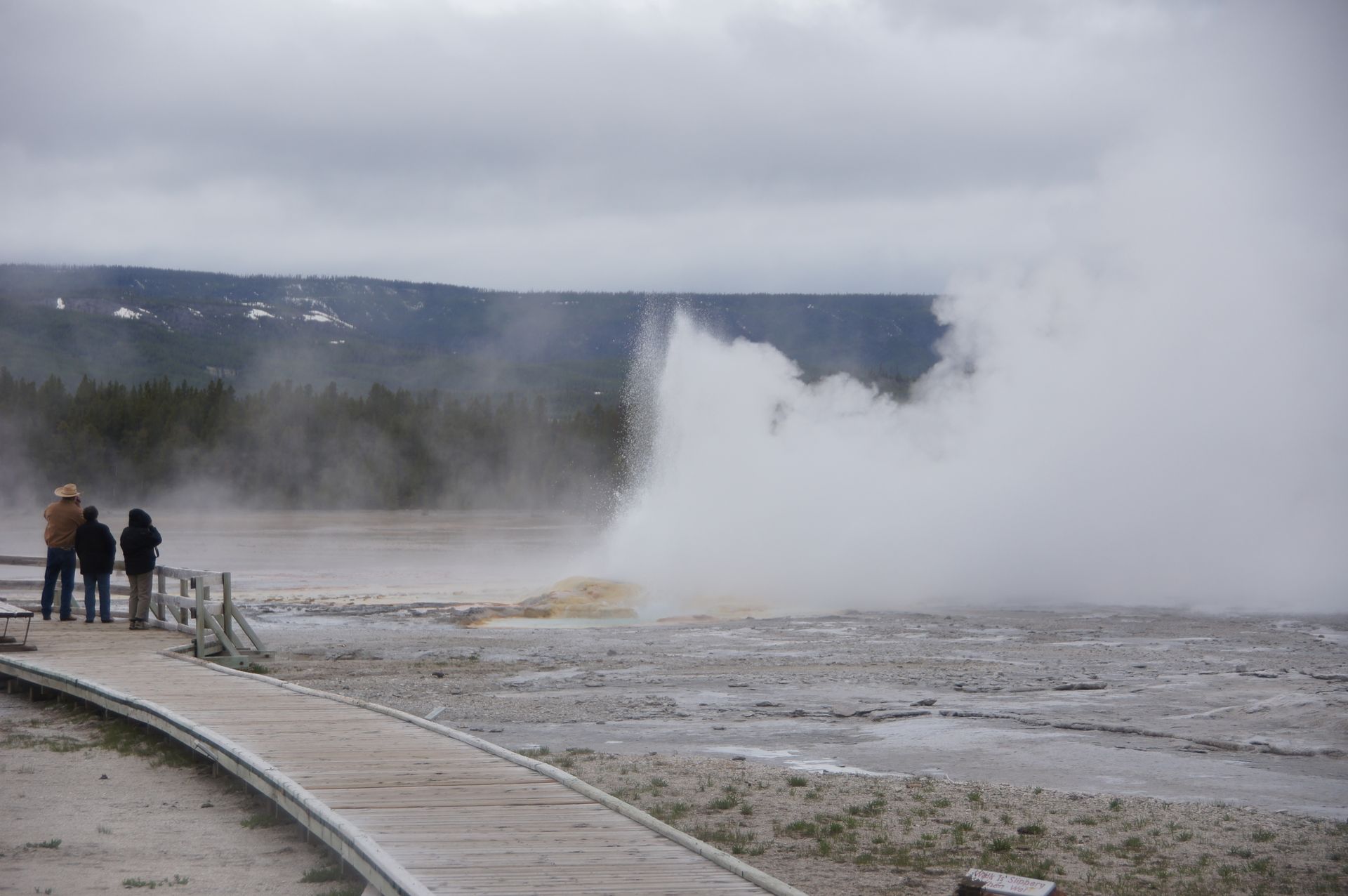
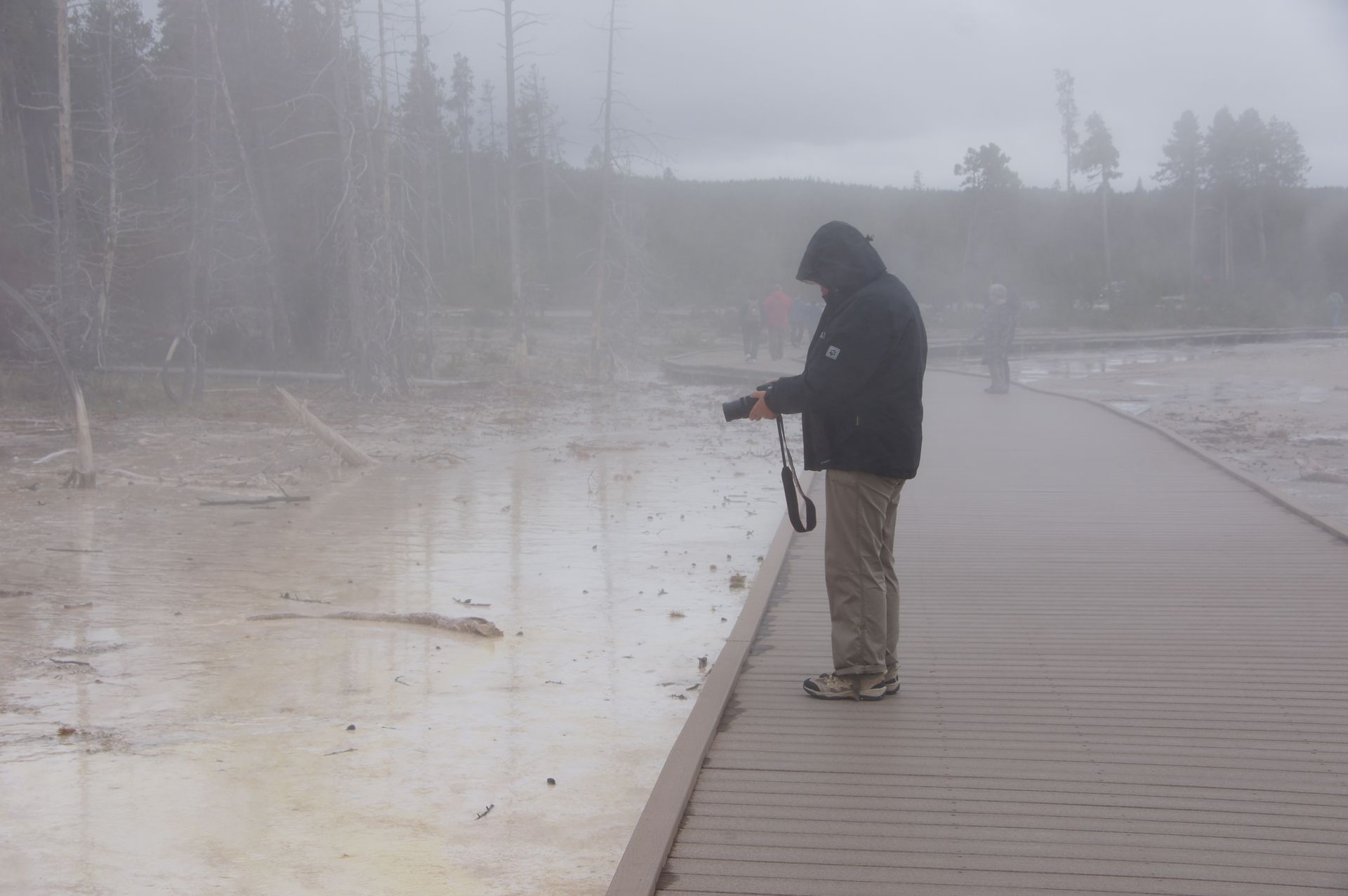
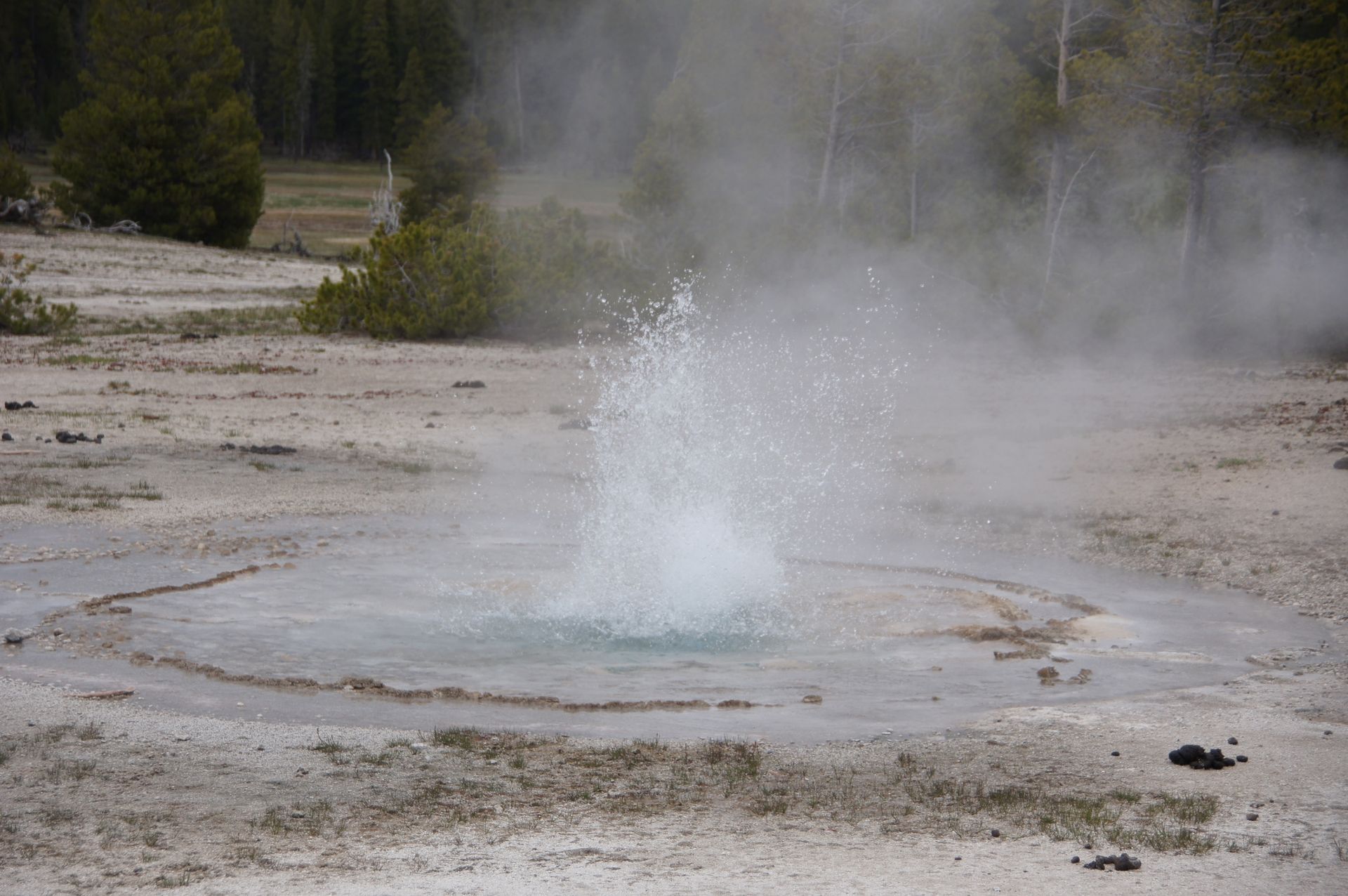
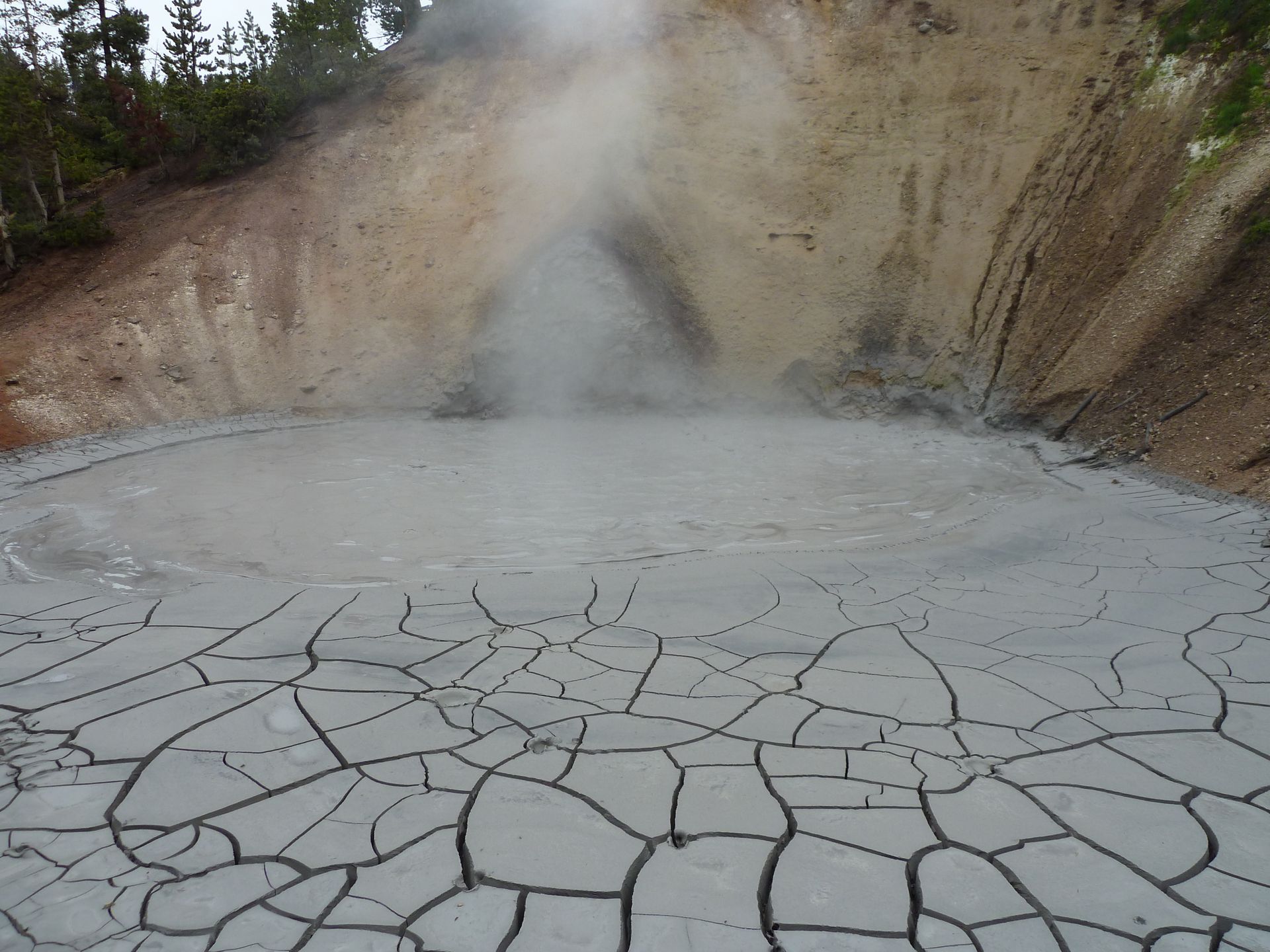
At 2:30 pm - this is worth mentioning here - it stops raining! We arrive just before 3:00 pm at Old Faithful, who kindly erupts 8 minutes after 3:00 pm as scheduled. People sit here one after another, waiting for this spectacle.

Do I need to mention that it starts drizzling shortly after 3:00 pm? Maybe it's too uncomfortable for the old gentleman, in any case, I don't find him very impressive. I expected a huge high fountain, maybe I couldn't even see the top in the fog... The fountain is said to be between 30 and 55 meters high. Maybe. I can hardly estimate that.
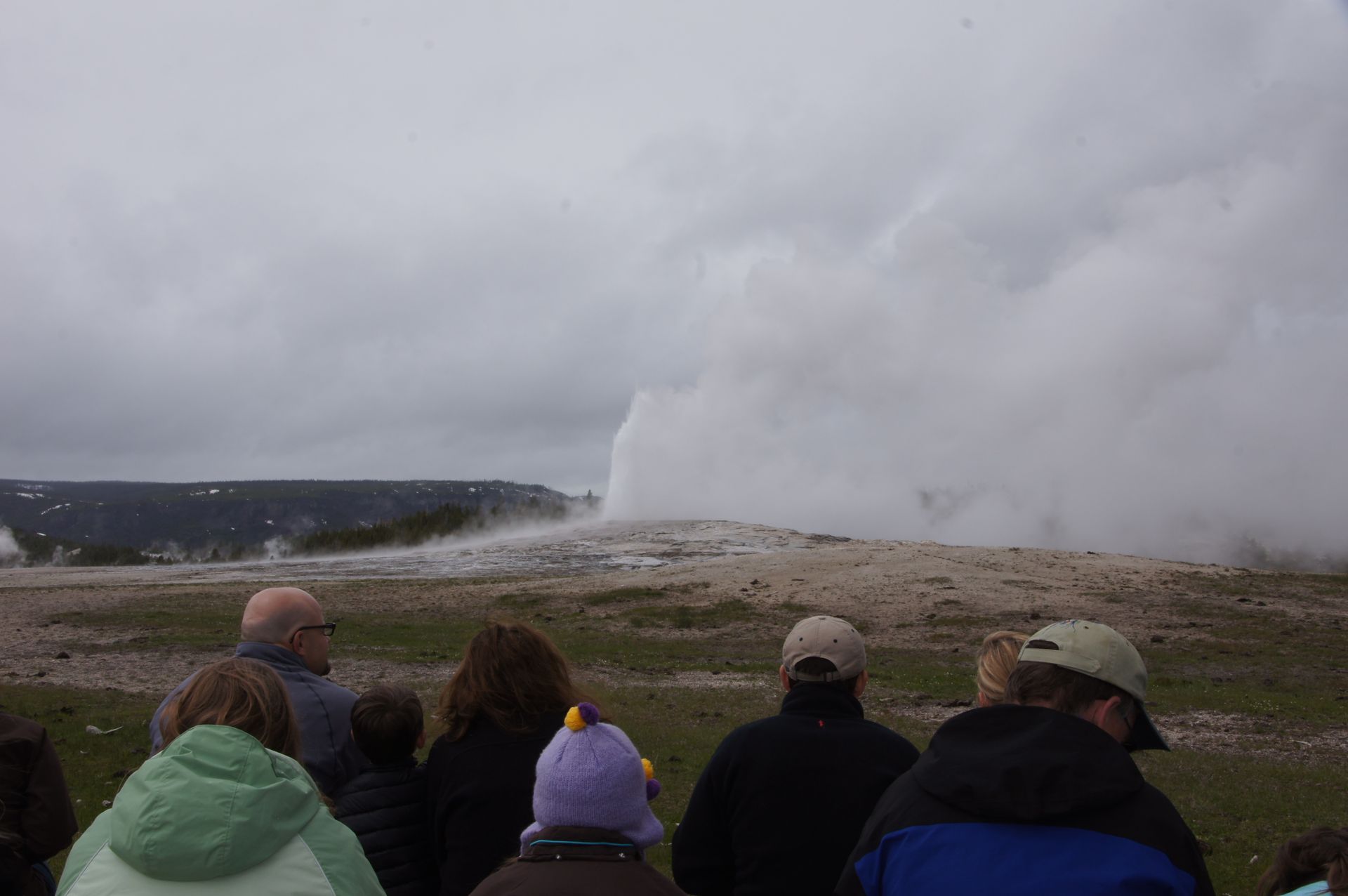


The famous thing about Old Faithful is its dependability (eruption every 91 minutes), not its size (that already makes it somehow human!). This has been meticulously documented since the 1870s. However, back then it erupted about every hour - significantly more often than today. The reason for these extended intervals is believed to be not only multiple earthquakes but also increasing drought. In the 1980s, measurements were taken in the vent. At that time, temperatures of 118 to a maximum of 129°C were measured at a depth of about 22m.
Despite all the changes, Old Faithful is the only geyser in the world that can be predicted so precisely. After taking some photos against a gray sky, we go to the cafeteria and find two huge armchairs in front of a window about eight meters high, with a view of the now only smoking Old Faithful. After coffee, hot soup, and a sandwich, we continue at 4:00 pm.
It rains so heavily again that we can't even take a photo of the lake next to us. Since this morning, we have been driving through forest areas with a lot of snow, and the Yellowstone Lake is still covered with ice to a large extent. The lake is 20 miles long and 14 miles wide. It is the largest mountain lake in North America and is located at an altitude of nearly 2,400 meters. Although the lake freezes over in winter and is one of the coldest lakes in America, it slowly fills with warm water from the caldera of this crater on which we have been driving the whole time. On the west bank, there are hot underground springs. The lake never gets warmer than 16°C, but in winter, even the bottom doesn't get colder than 5.5°C. It is between 43 and 122 meters deep. Pretty impressive!
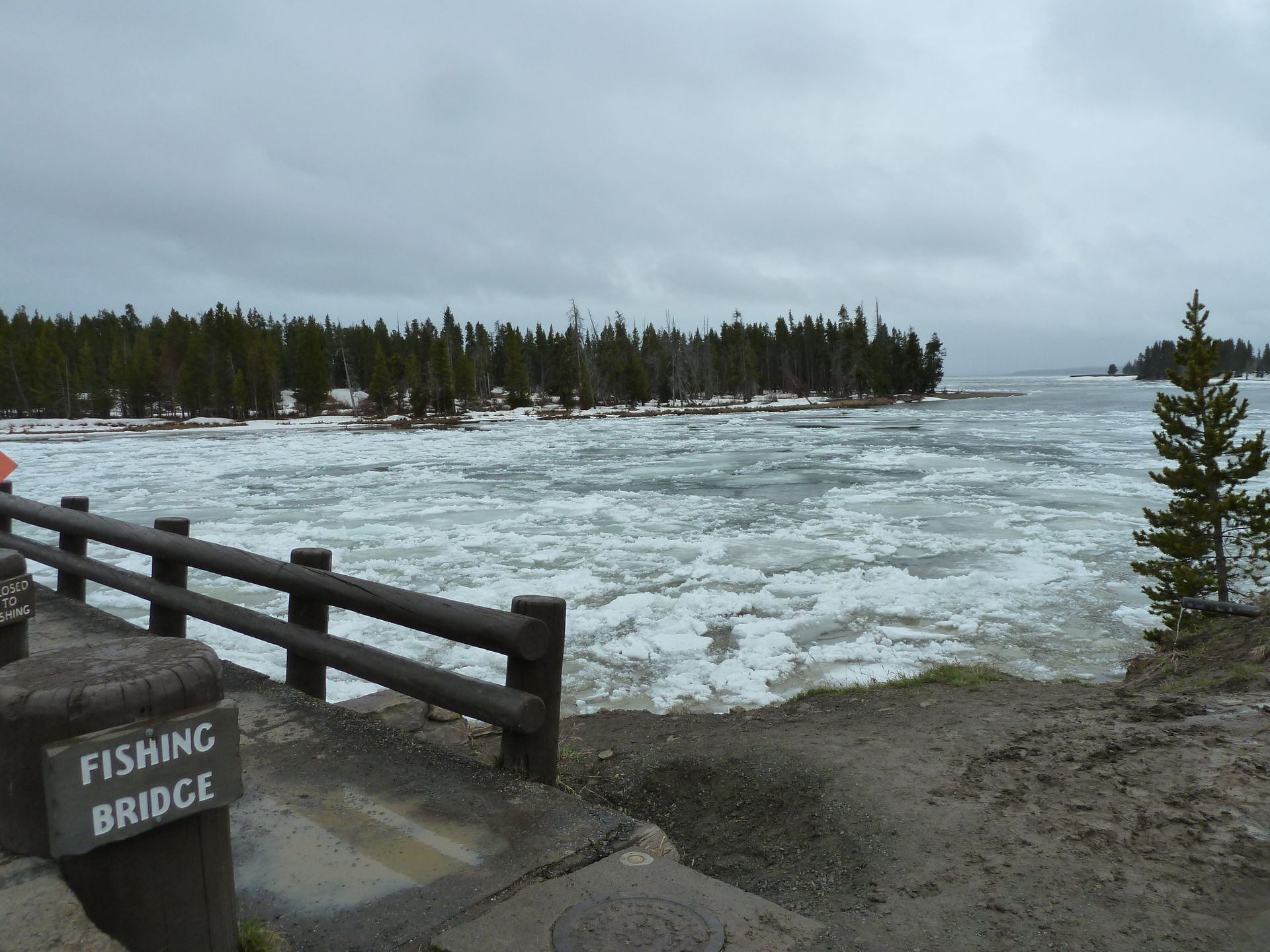
We briefly stop at the Fishing Bridge, a bridge over the Yellowstone River, where anglers used to catch Yellowstone cutthroat trout. Today, this is prohibited because the fish are now threatened with extinction, only grizzlies are still allowed to do it. But they don't seem to be present on June 7, 2011, due to abundant ice in the river, and yet some visitors are standing around.
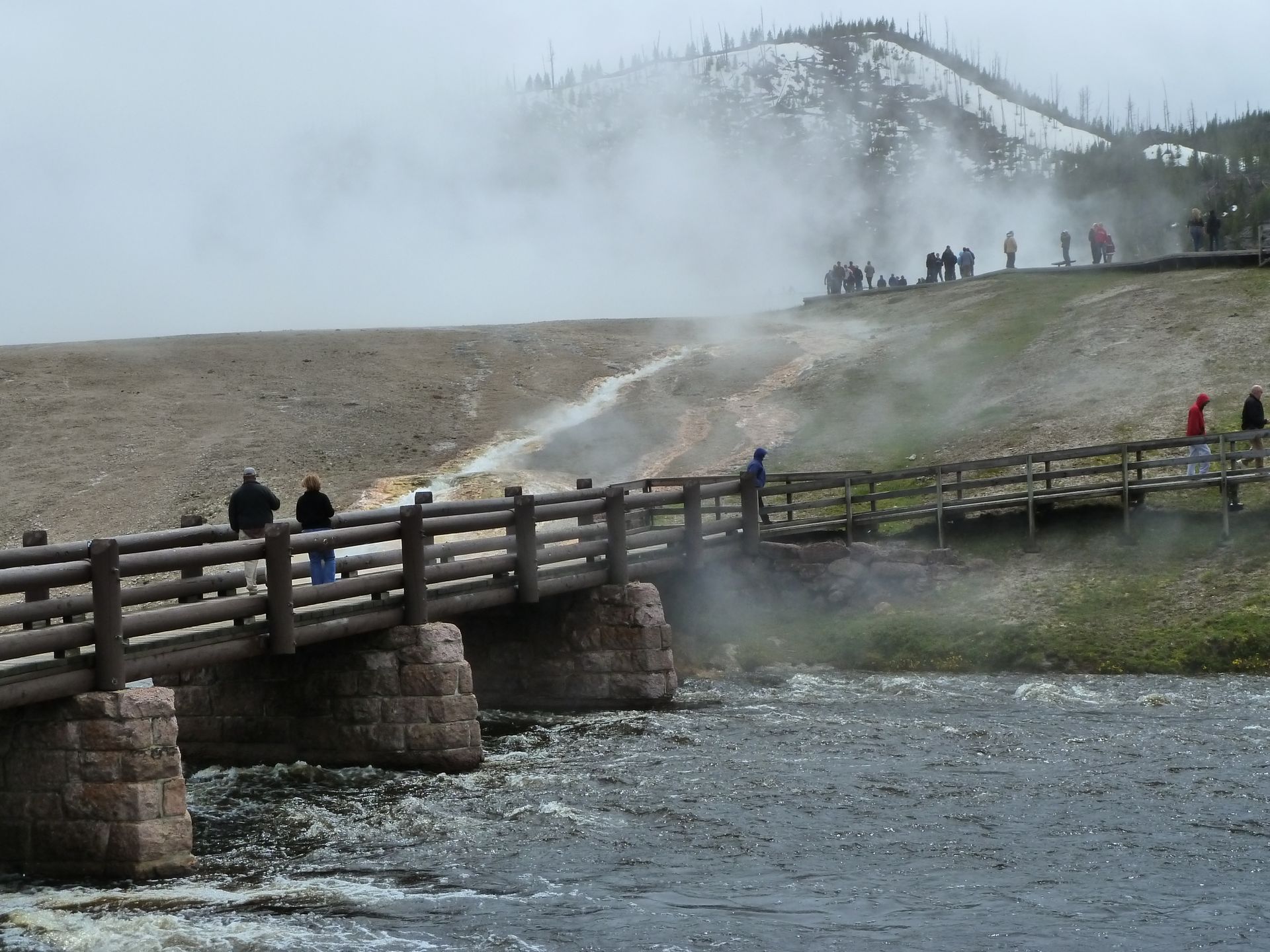
The weather remains consistently lousy as we reach Hayden Valley, one of the two valleys in the park with good chances of seeing grizzlies. And indeed, we see a female grizzly with two cubs. They're very far away, but nice to see. Immediately, there's a traffic jam on the road, one car after another, as everyone jumps out into the rain, hurries through the snow up a muddy hill, only to find... nothing.
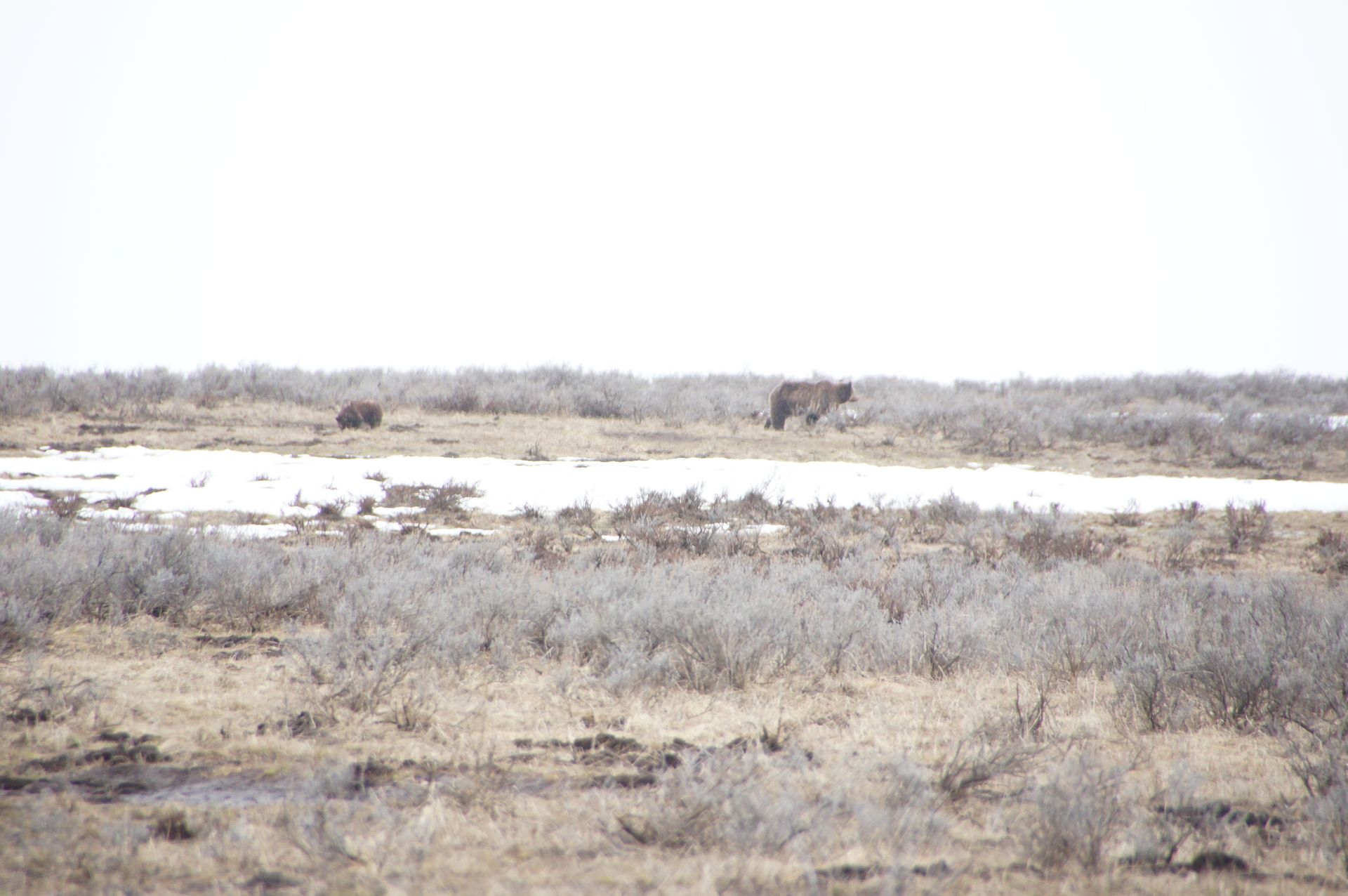
But it's worth waiting a bit, as the grizzly mother moves forward in the undergrowth and we can still see her well. The light is gray, and photos are only possible with our "stock tripod" (see Monument Valley), and even then not very good. We've been below 40°F (below 4°C) for a long time, and the icy road warning light in the car won't go off anymore. The lowest temperature during the afternoon is 36°F (2°C), we're soaking wet and frozen again after the grizzly observation, the windows are fogging up so much that we have to stop shortly afterwards because we can't see anything at all. Wasn't it 30°C (86°F) yesterday???
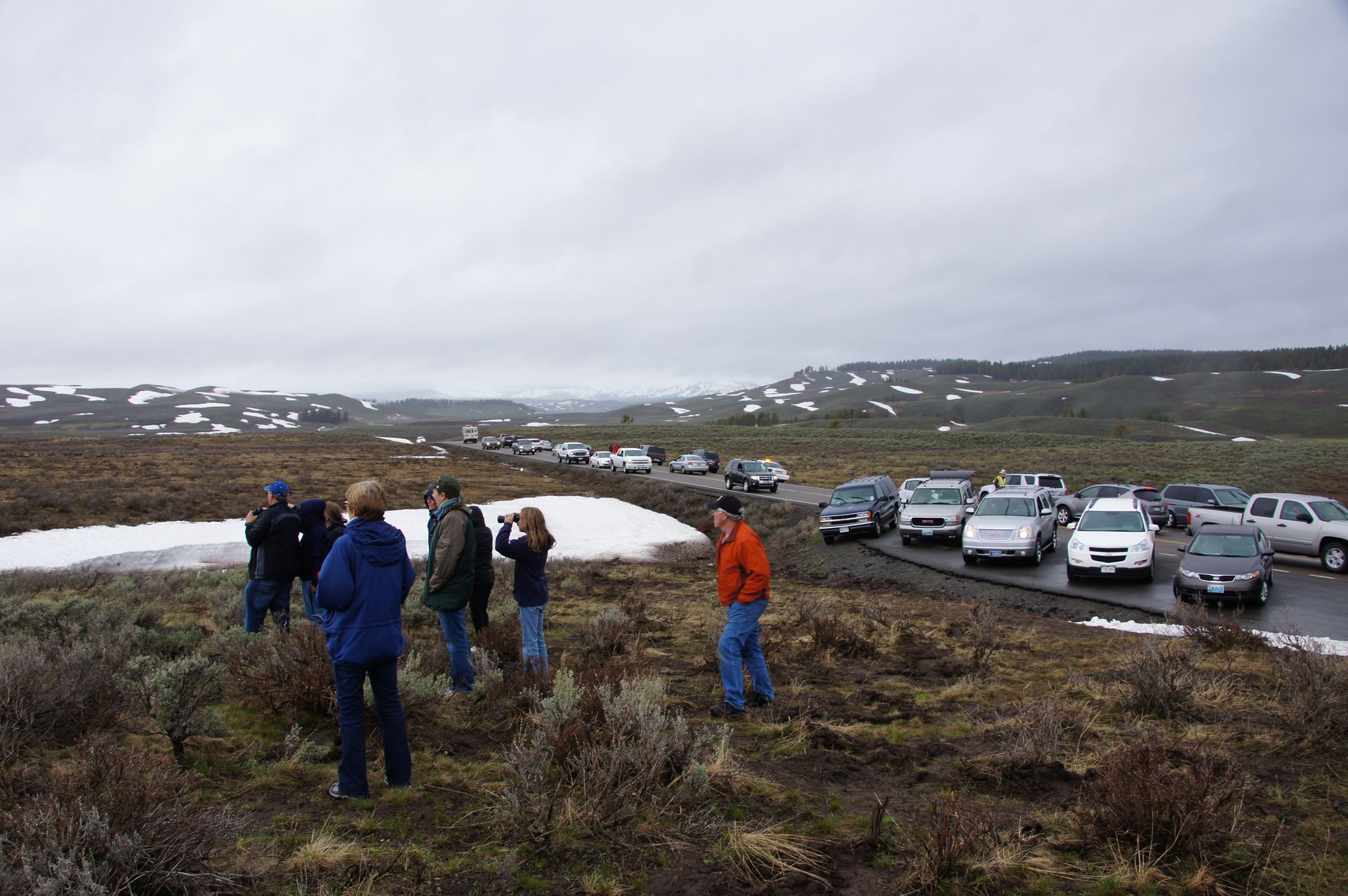
Just 500 meters further, another cluster of cars and someone has seen a grizzly again. We wouldn't have recognized it with the naked eye, but we can see it through someone else's binoculars and marvel at how people even discover such crumbs in a kilometer distance.
The next highlight is Artist Point and the Grand Canyon of the Yellowstone. The canyon is about 300 meters deep and wonderfully colorful, which doesn't really come across in this lousy weather.
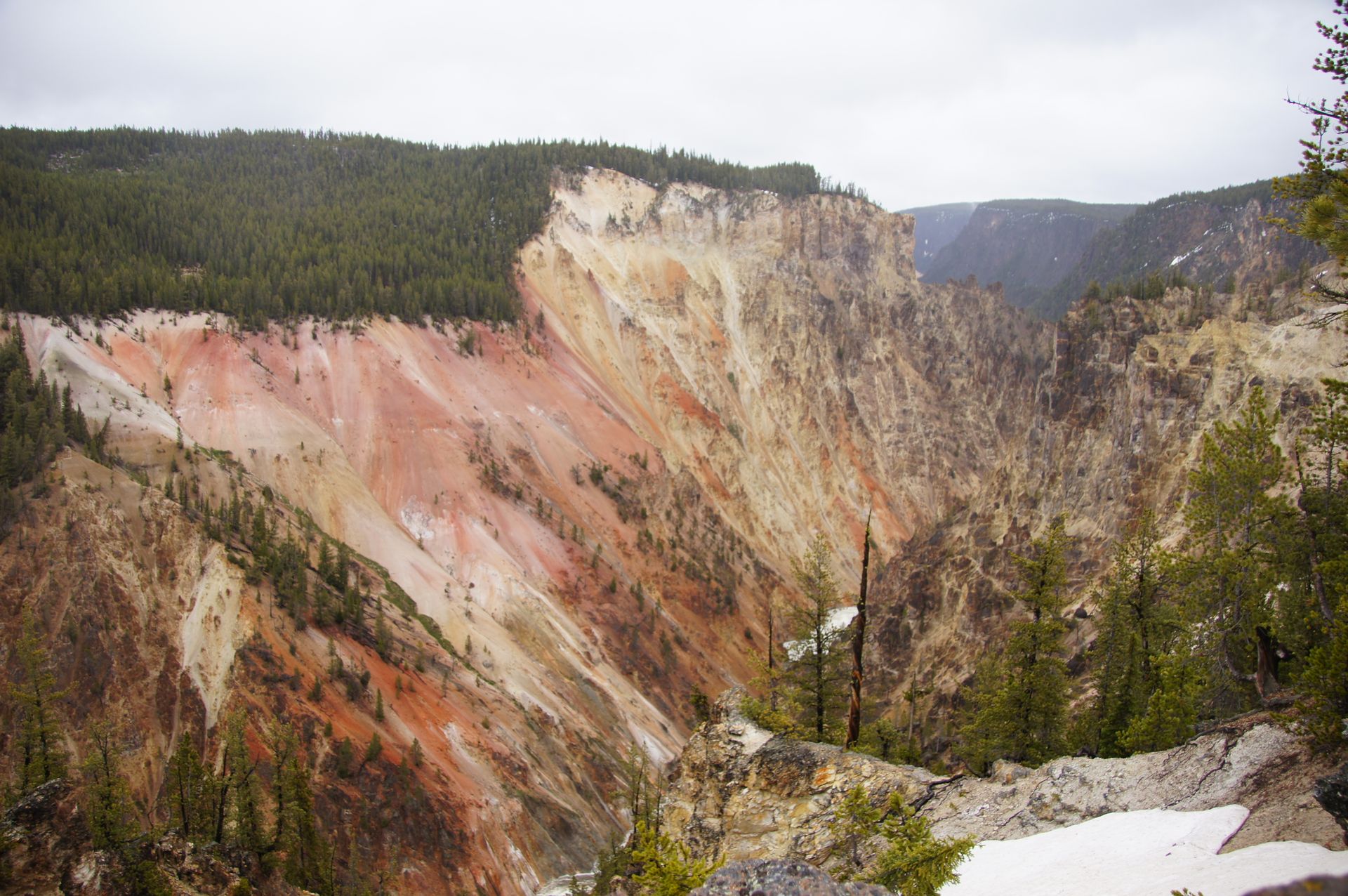
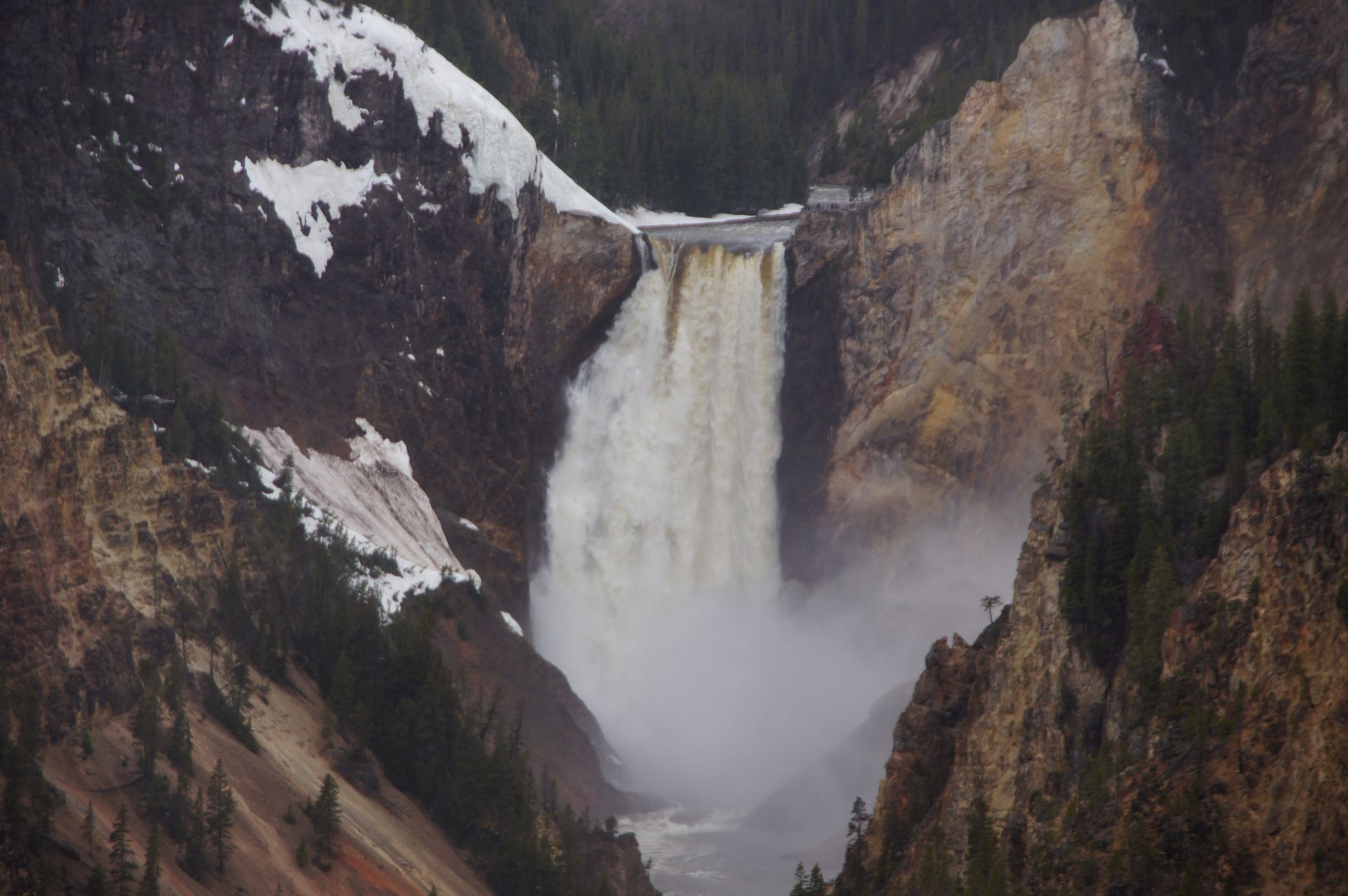
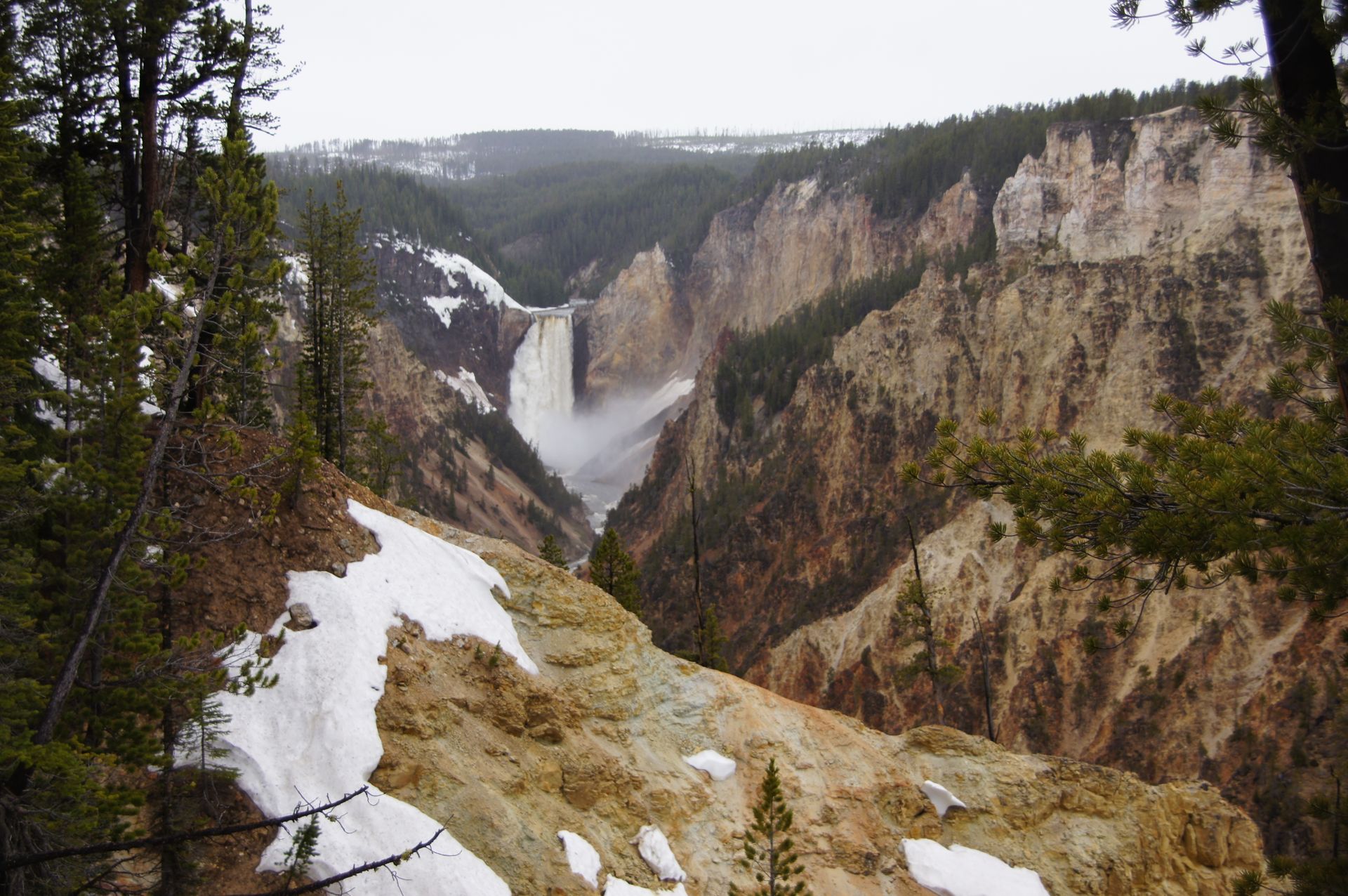
The taller of the two waterfalls is really higher than Niagara Falls. Actually, this would be a dream place, but the weather is lousy, so we continue driving.
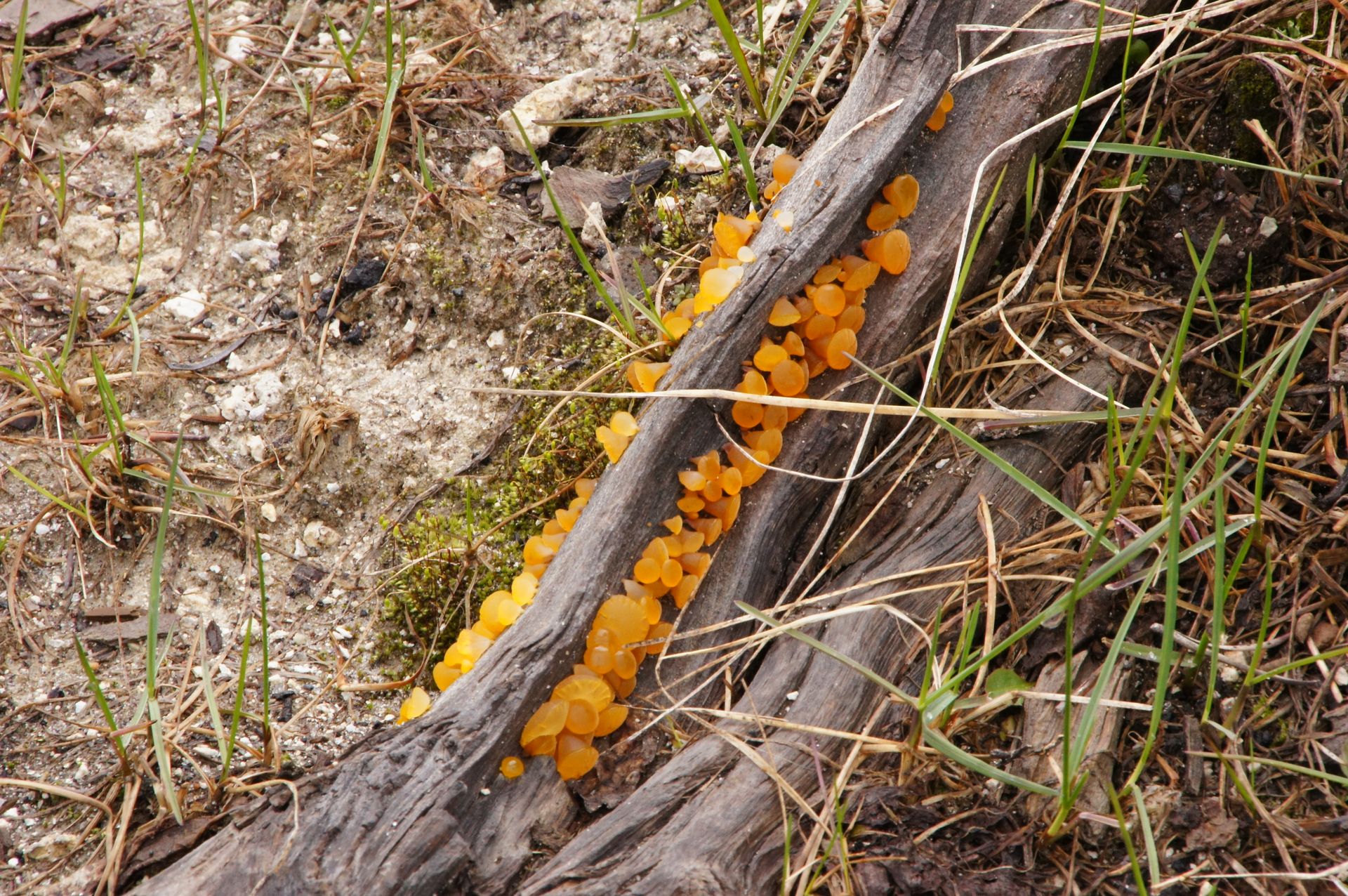
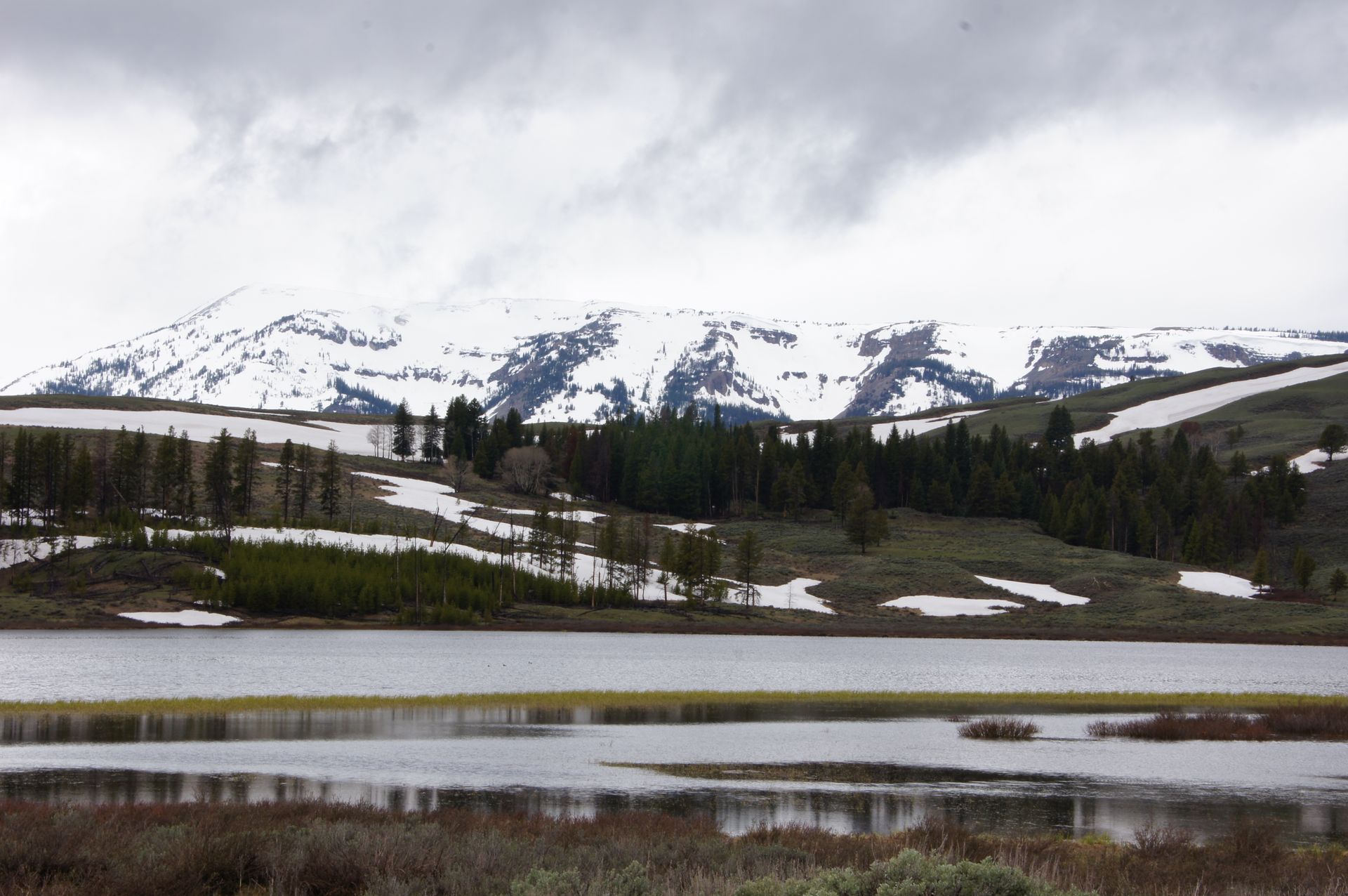
We still see several deer, unfortunately not another one of those stork-like birds that we discovered on the other side of a small gorge this morning, but a great blue heron and lots of Canada geese. Bison are standing everywhere. Just before Mammoth Hot Springs, we notice trees that clearly show beaver traces and have fallen or been cut across the river.

Elsewhere today, we've seen distinct bear traces on a tree trunk. Bears like to break open tree trunks lying on the ground to eat the beetles found behind the bark.
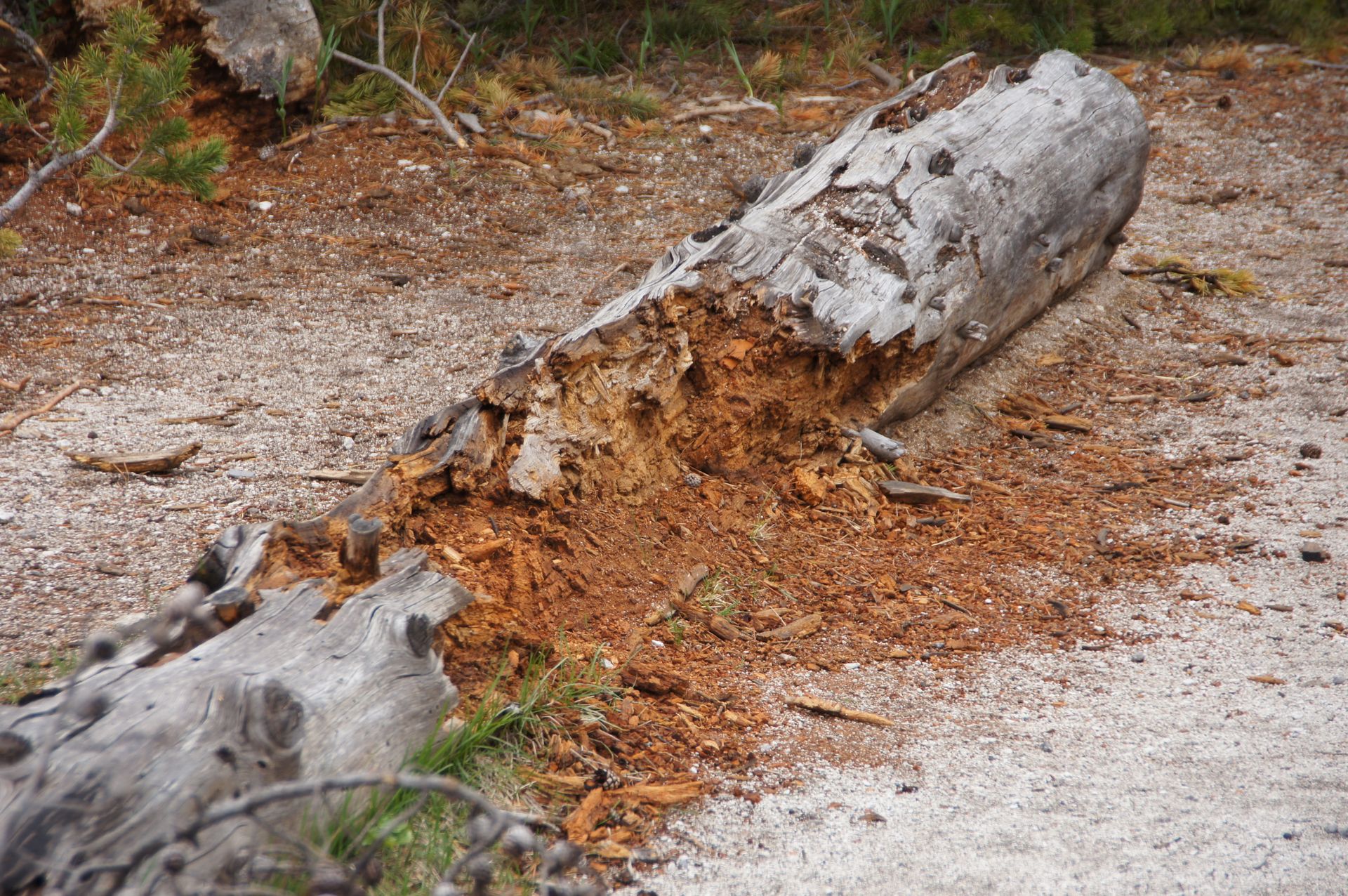
We arrive at our (new) hotel just after 8:00 pm, quickly go down the street for a delicious pizza, eat, and fall into bed. The weather forecast for the next few days is the same as today. Great! So we probably won't get up at 5:00 am tomorrow and will arm ourselves with all the clothes we have again.
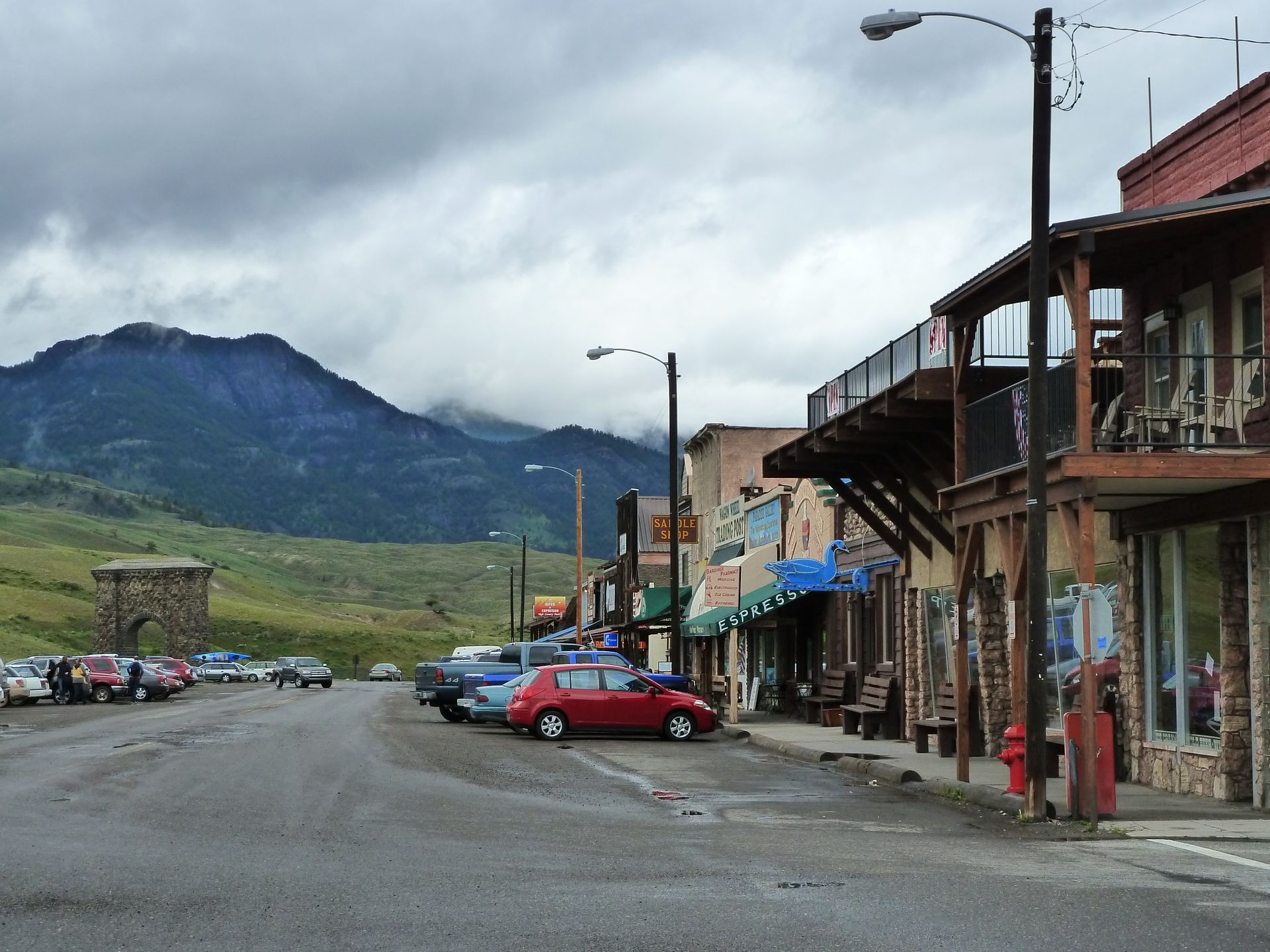
Ohauru ki te Panui
Whakautu
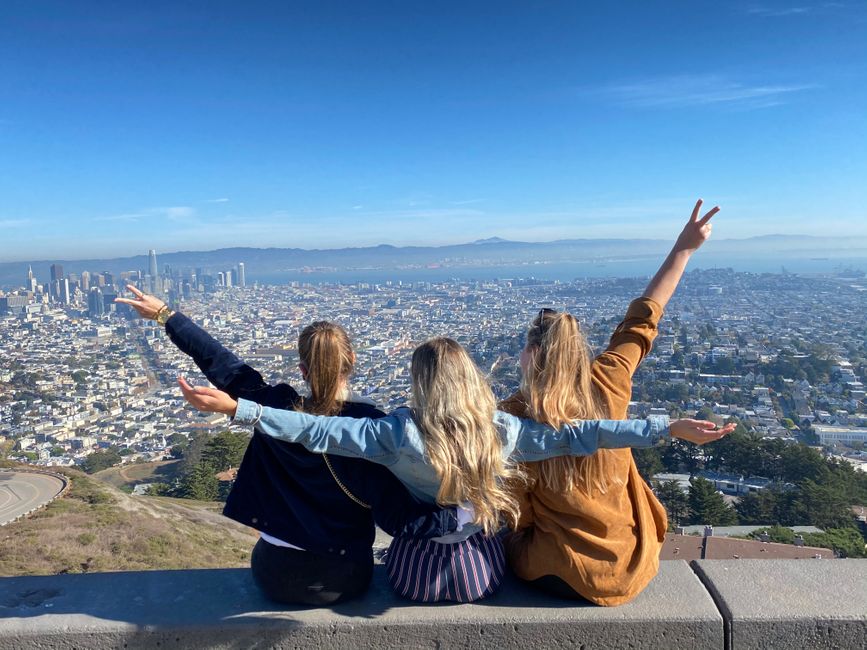
Ripoata haerenga USA

